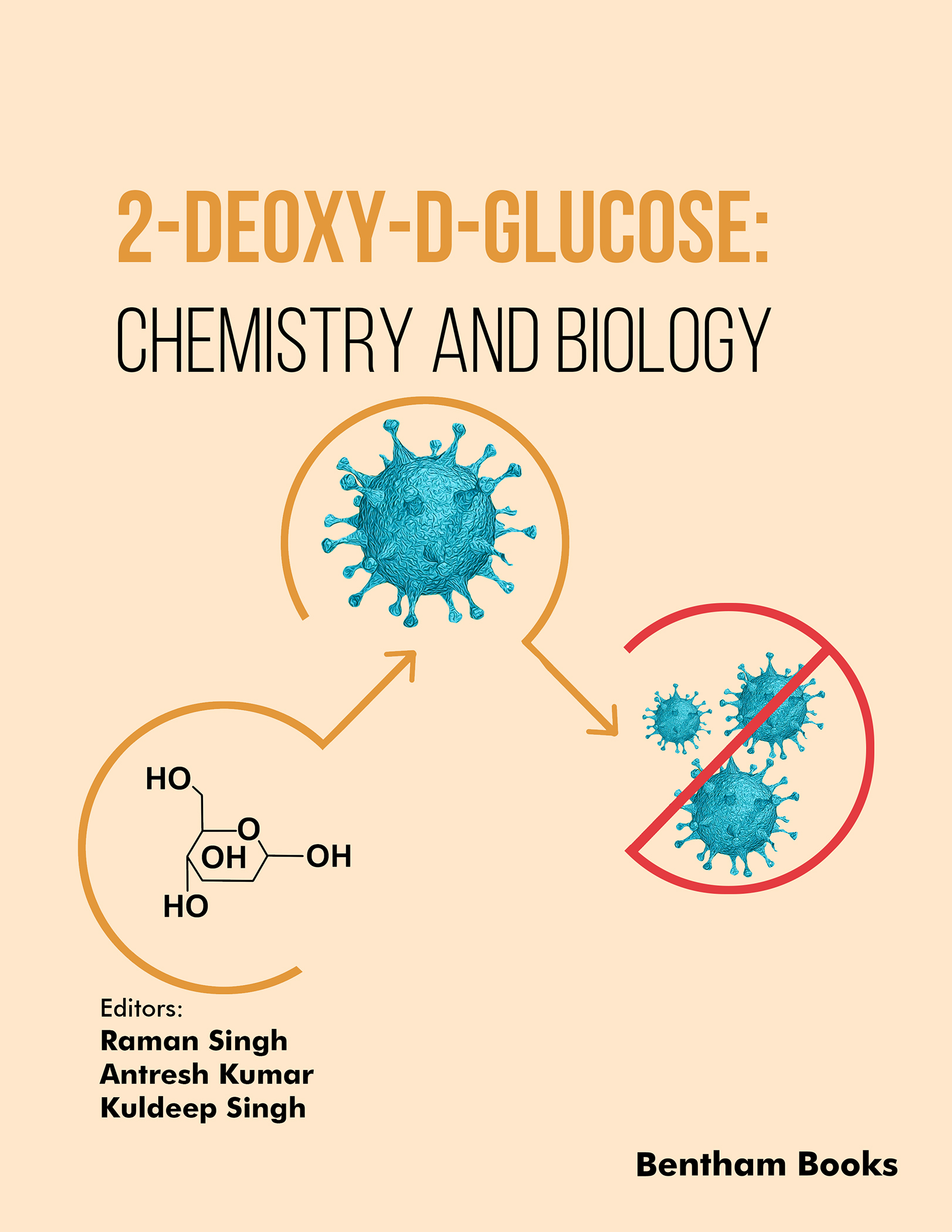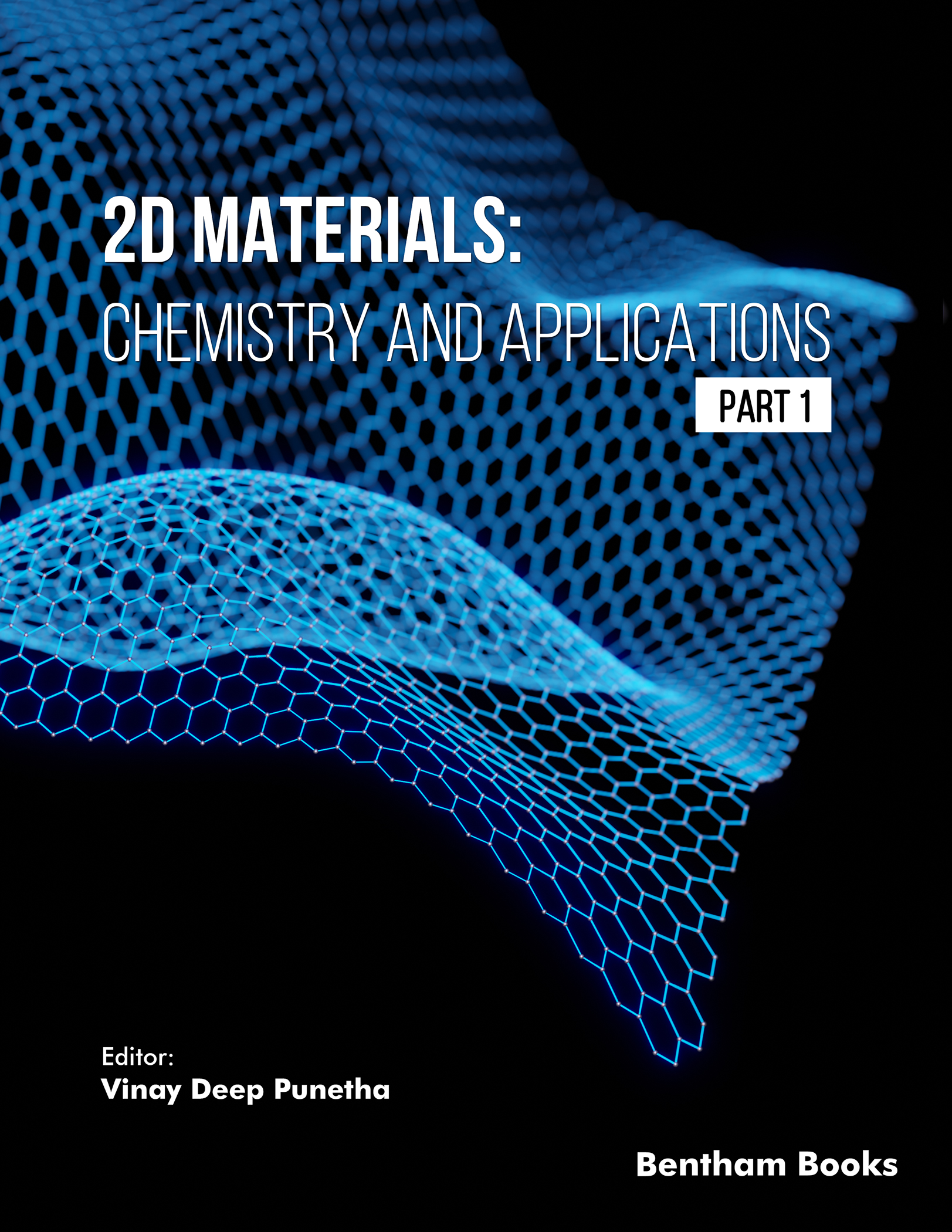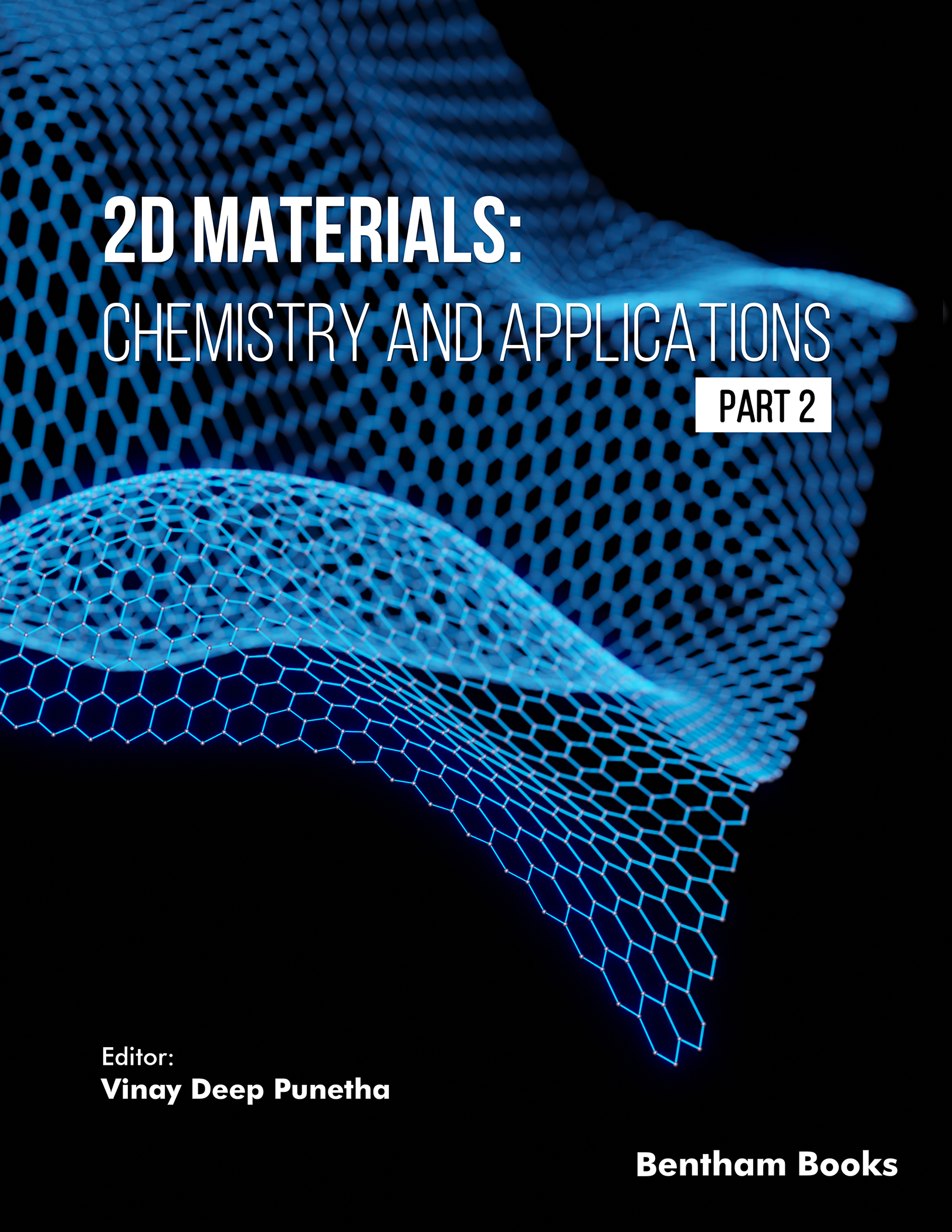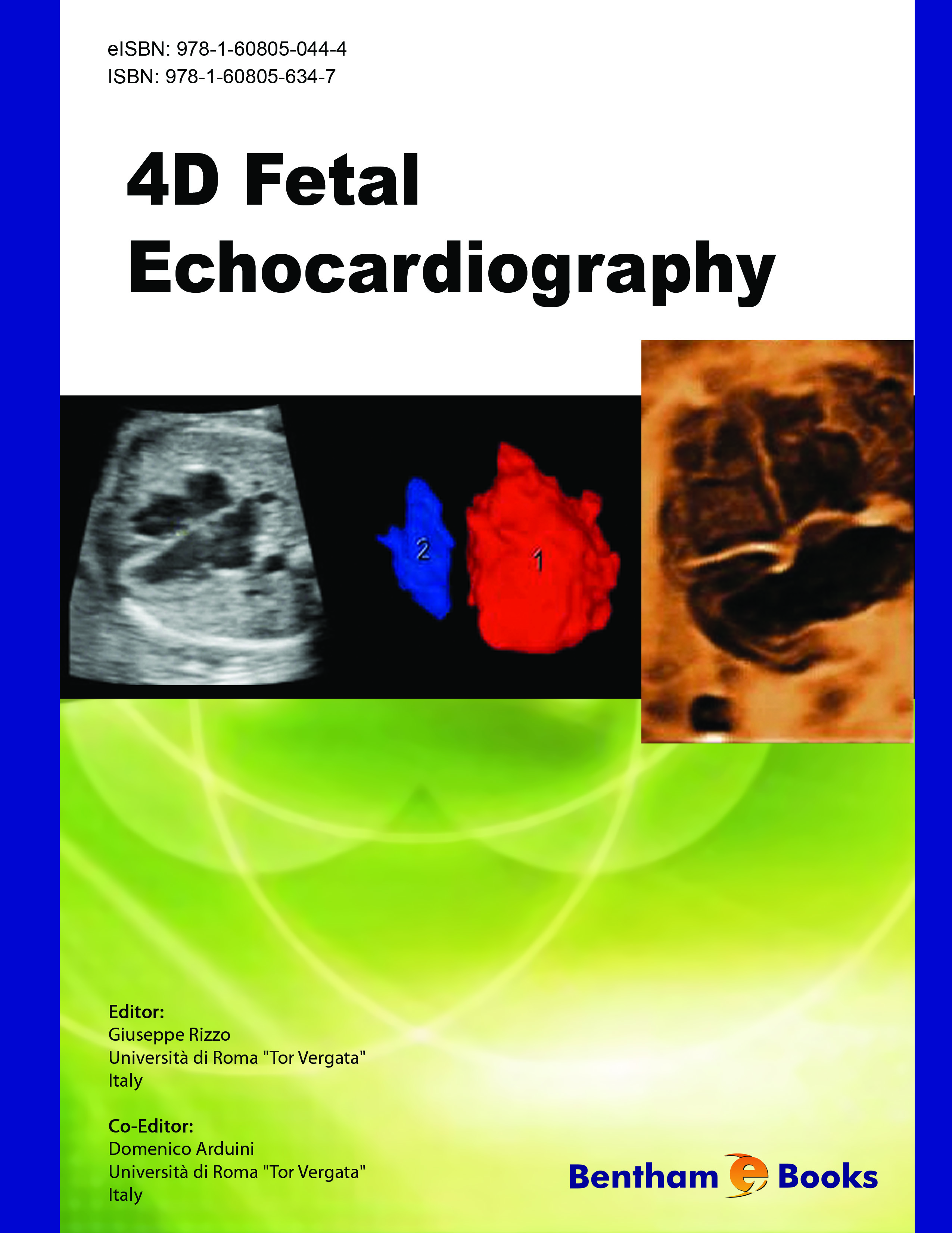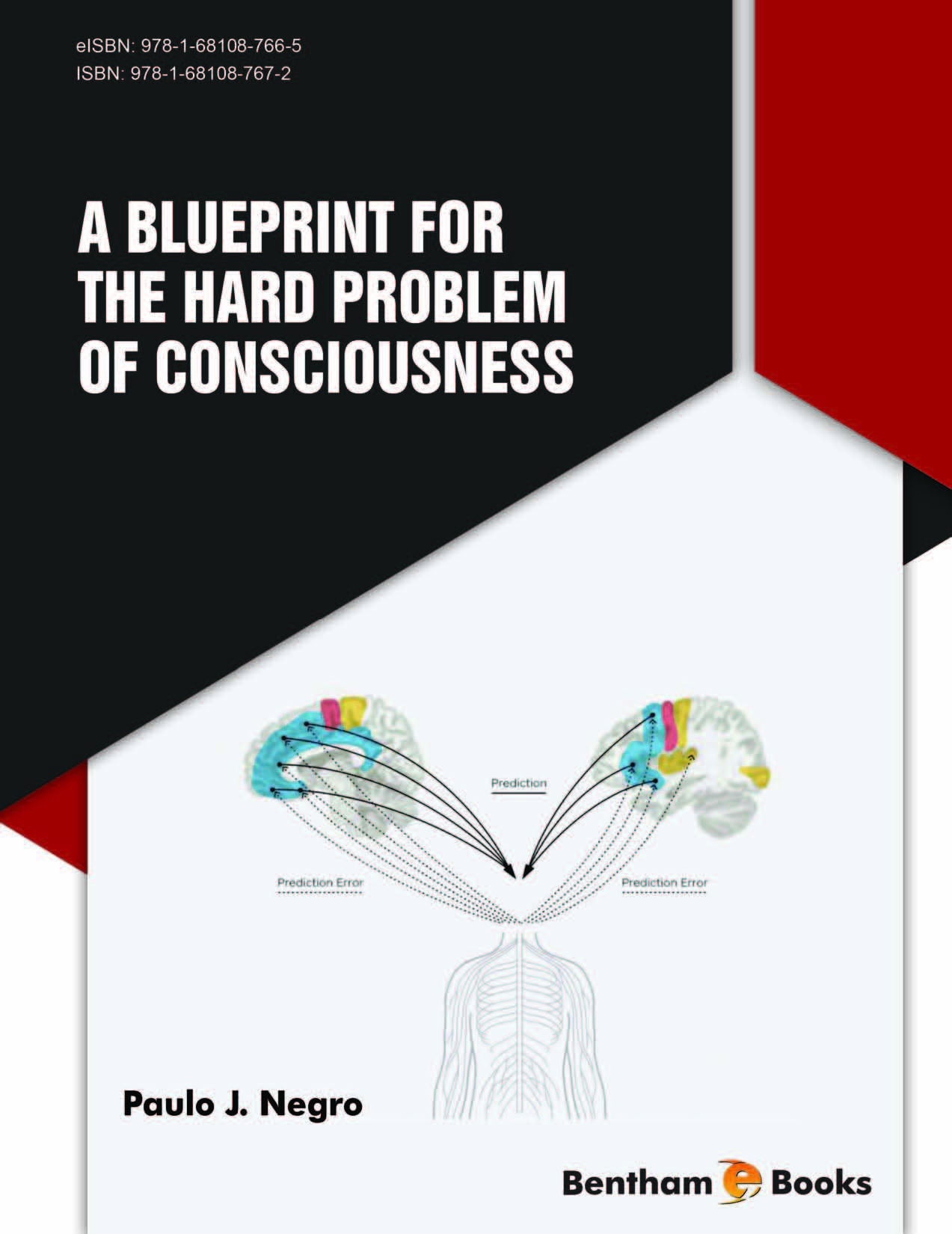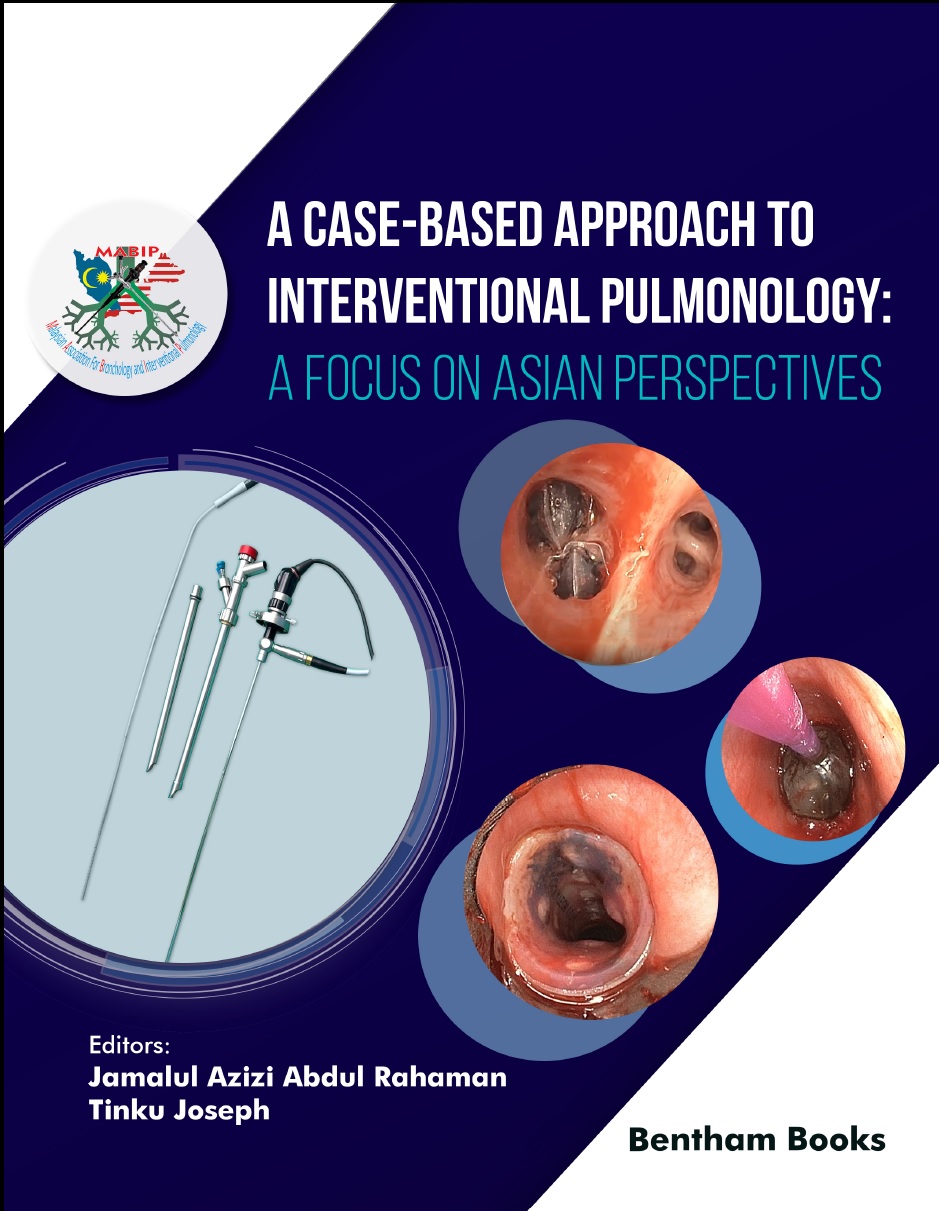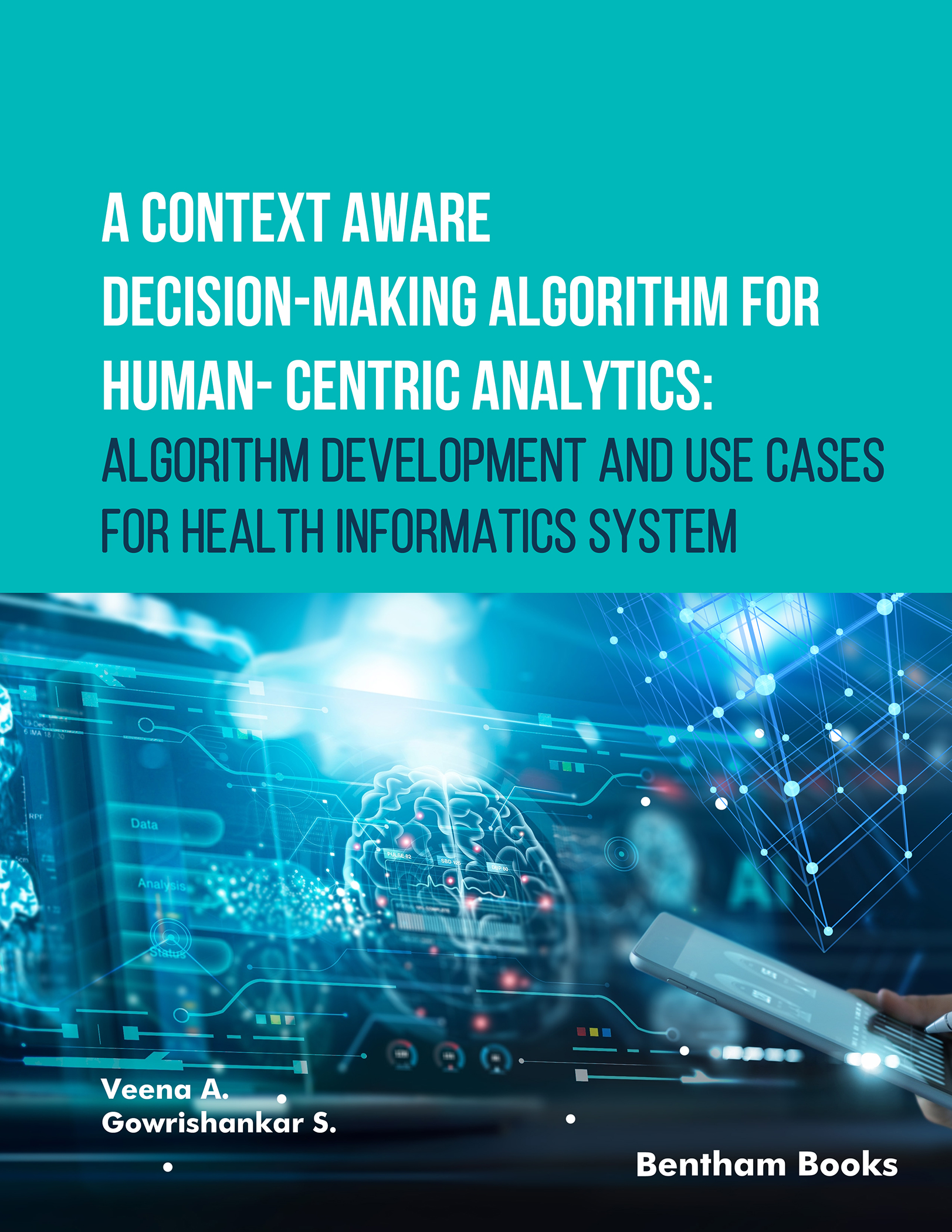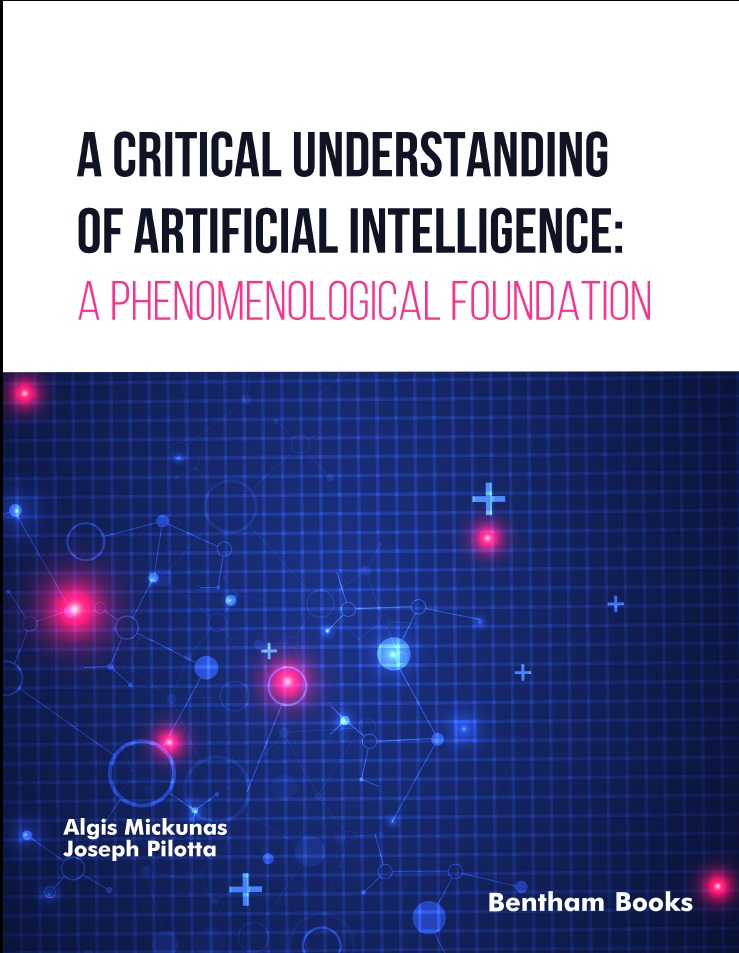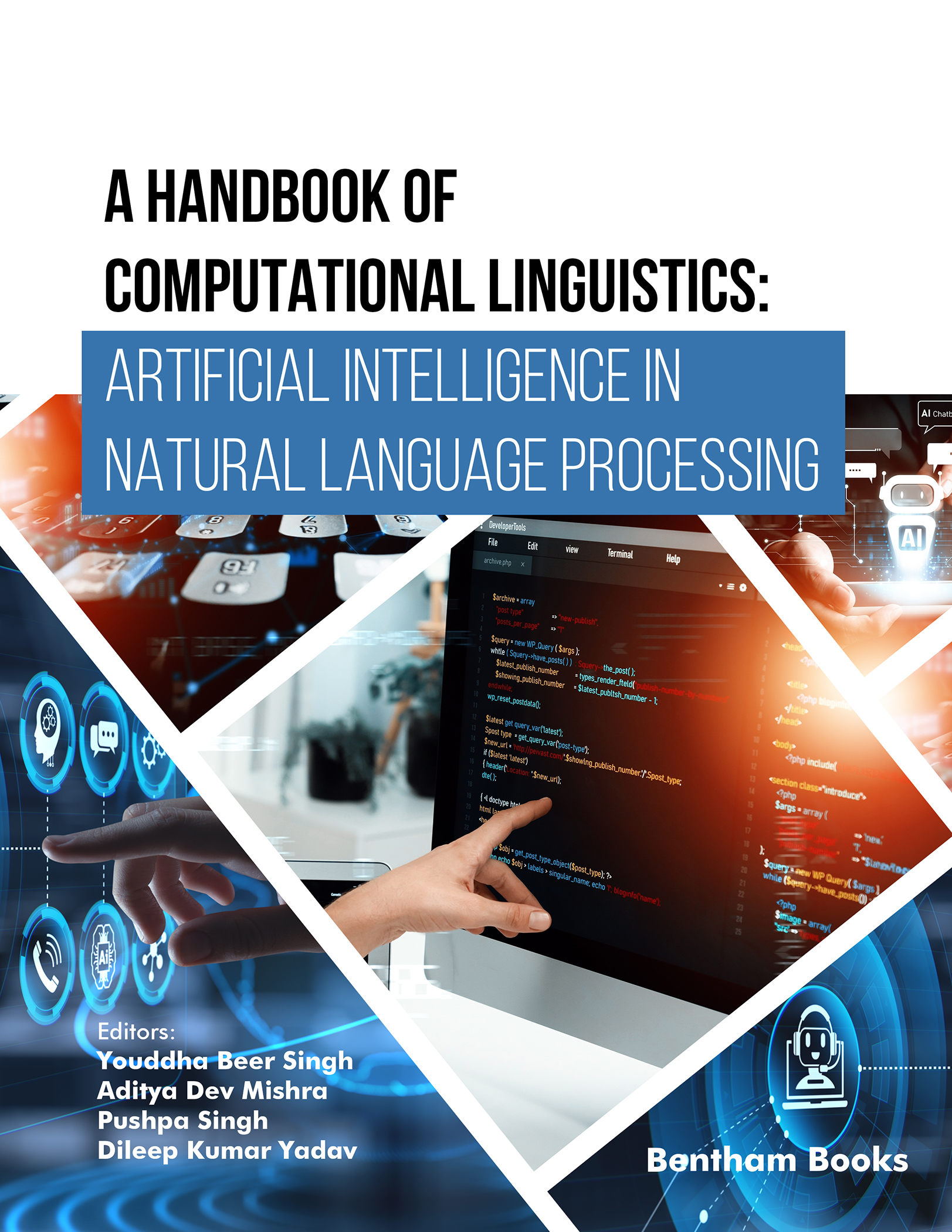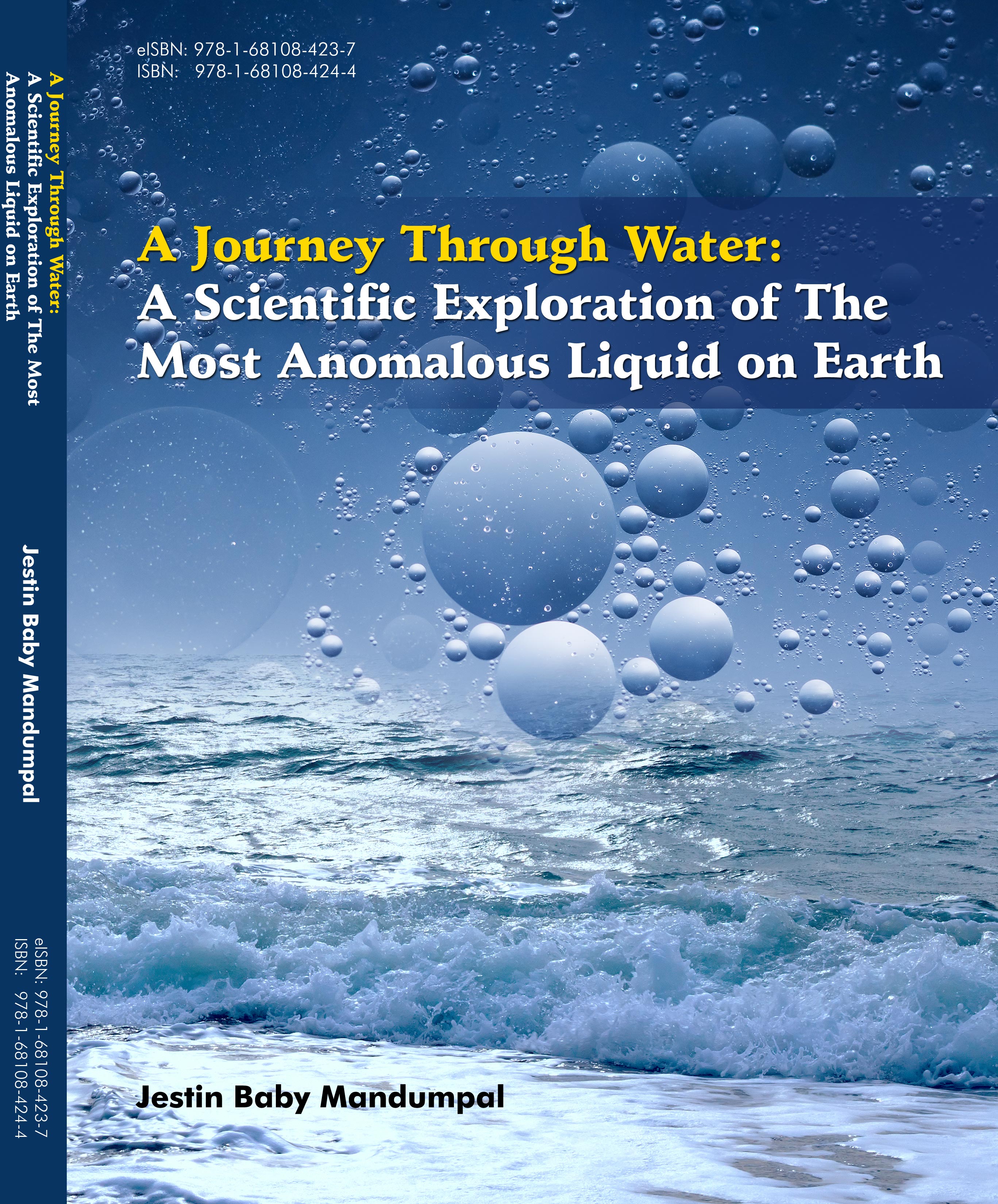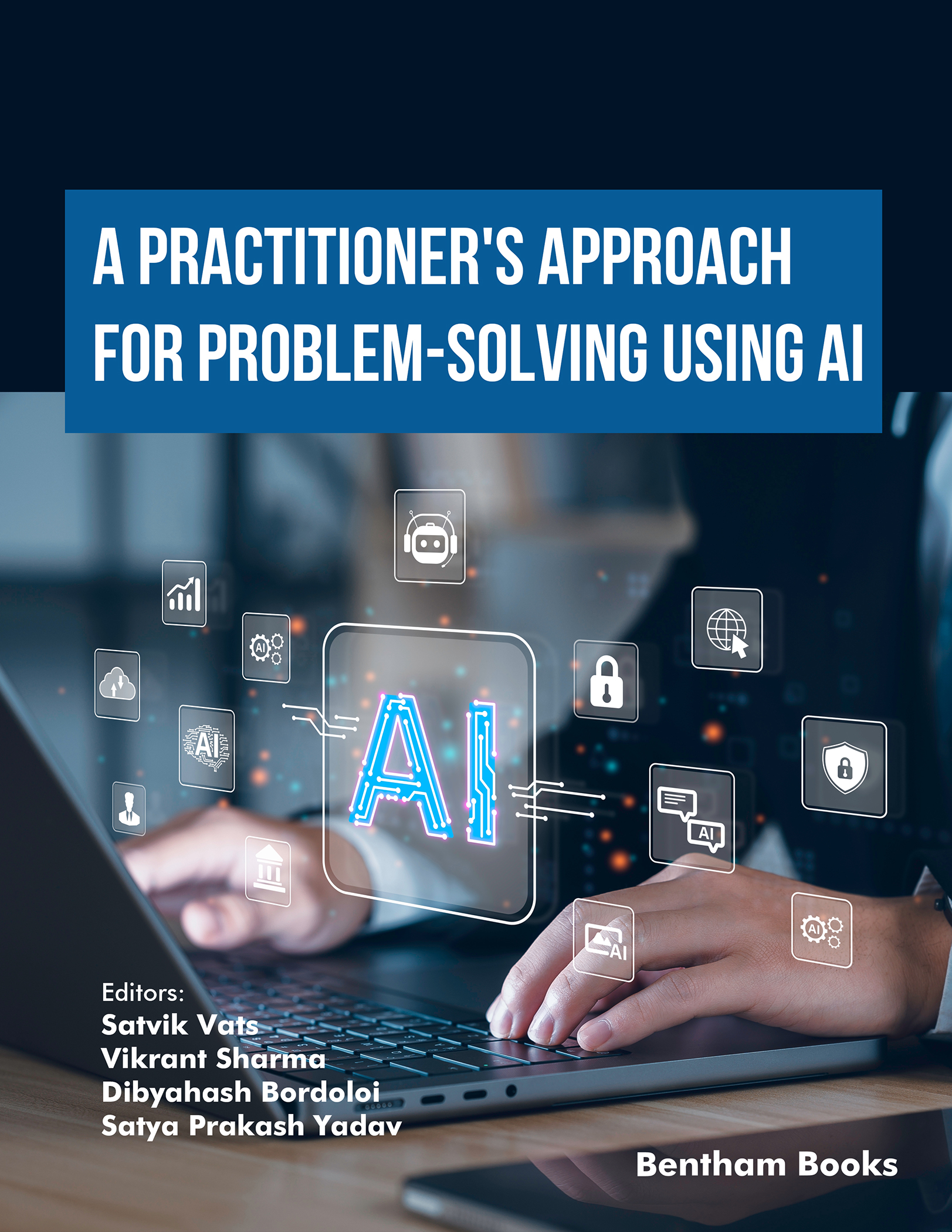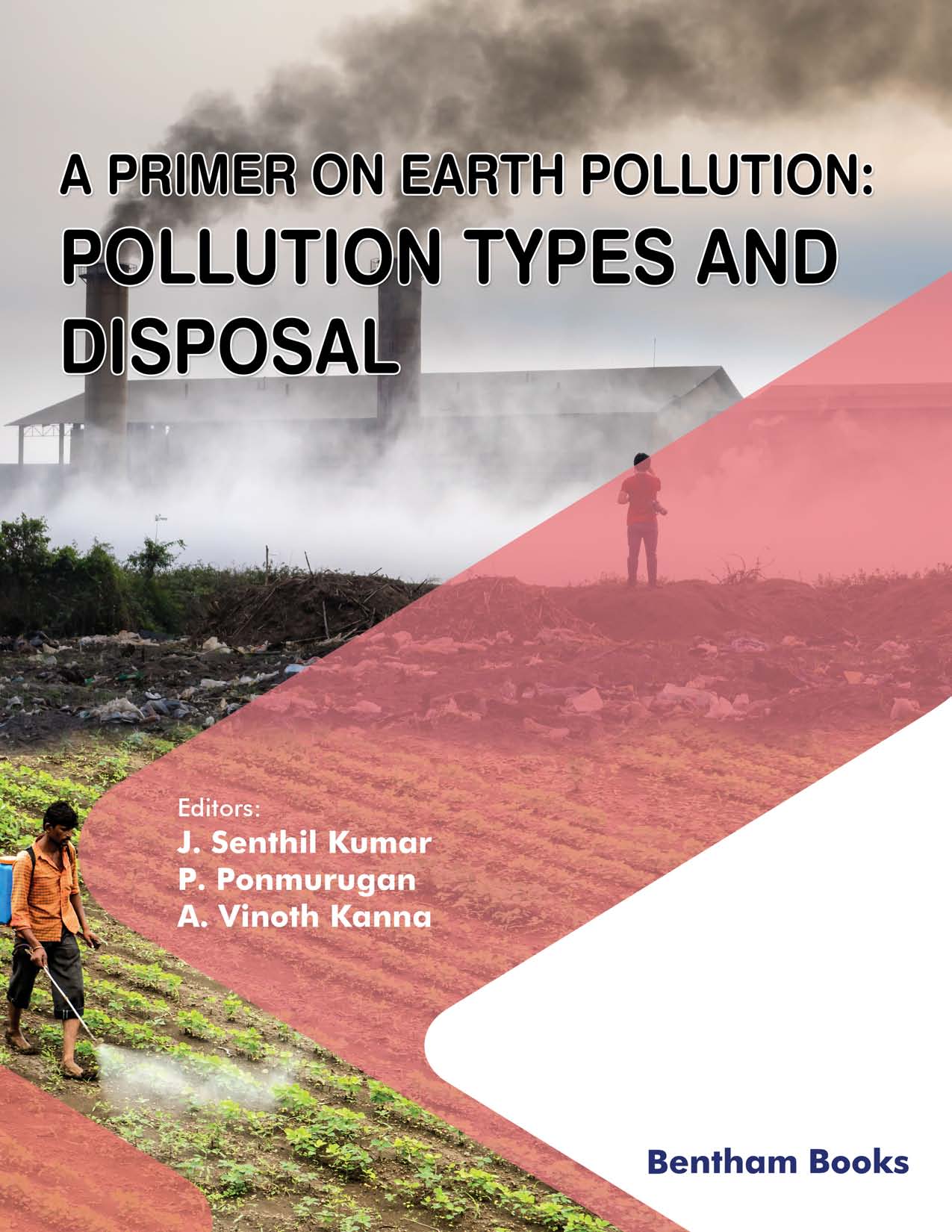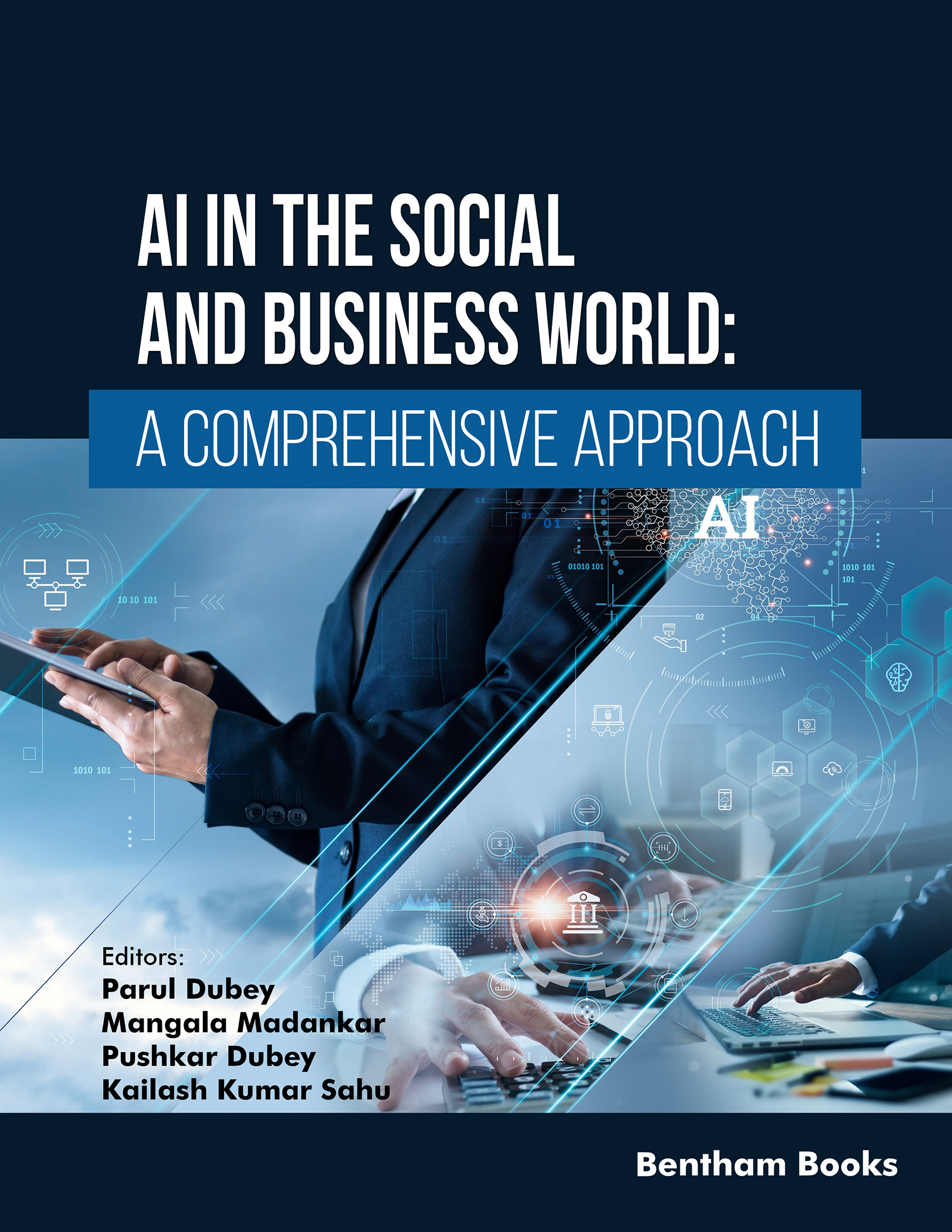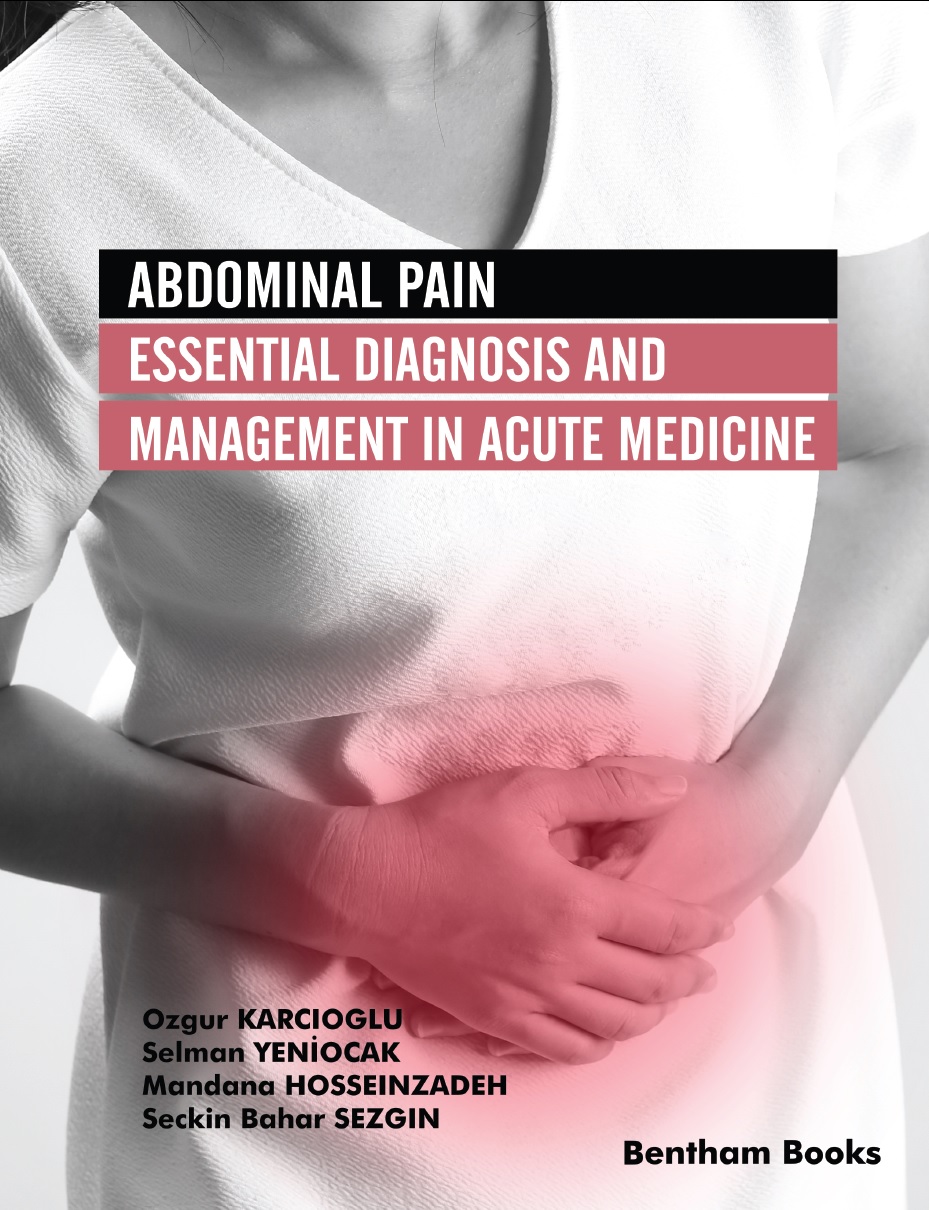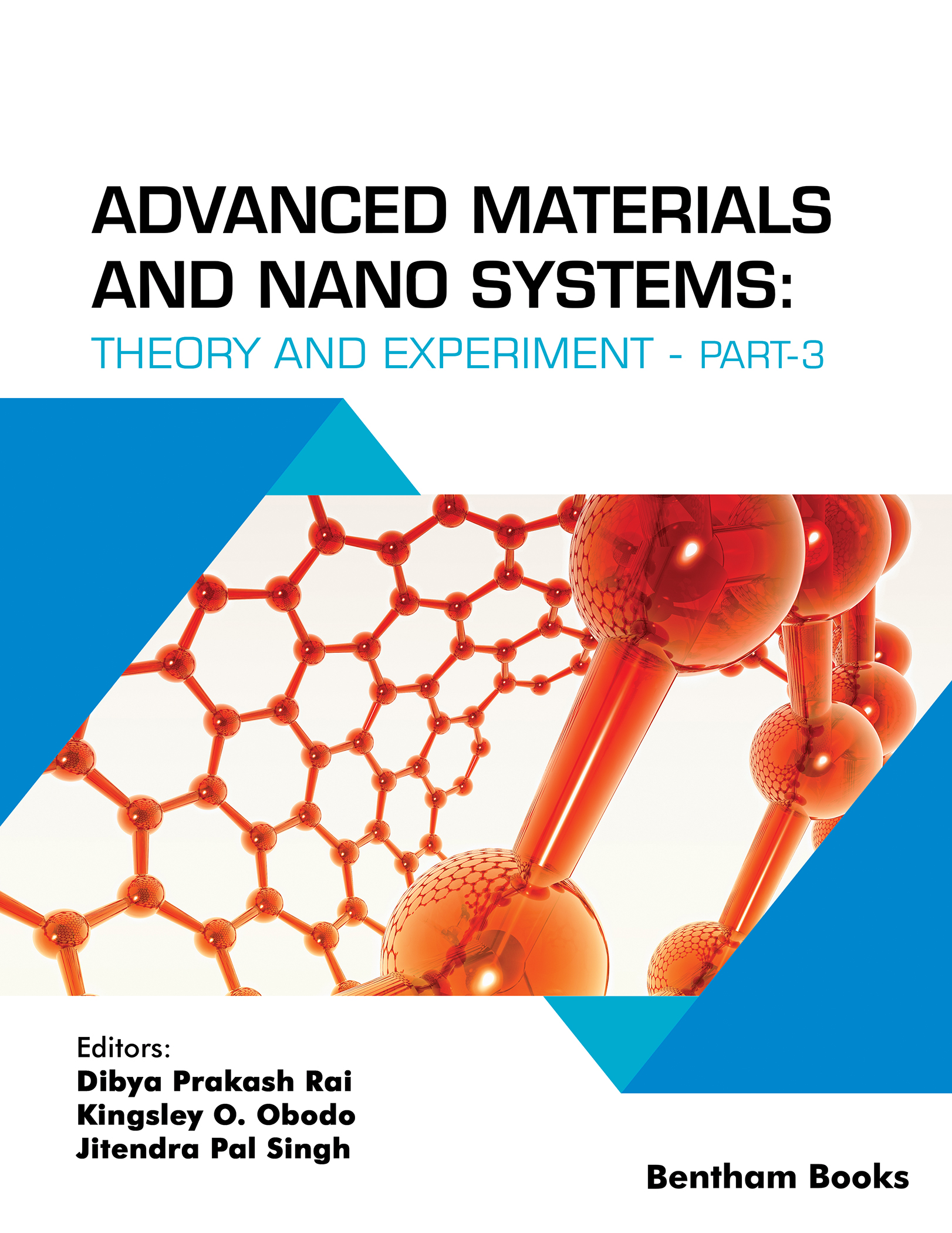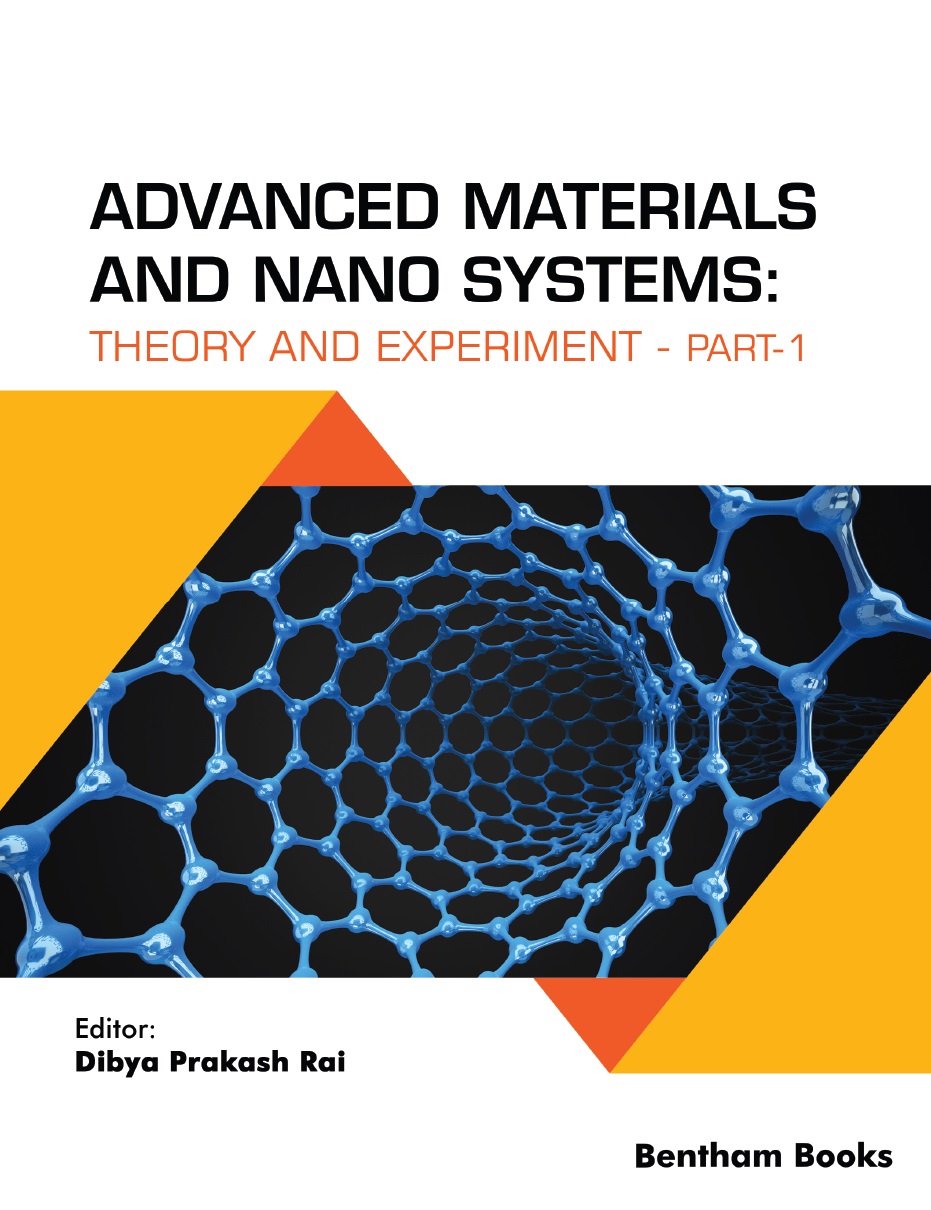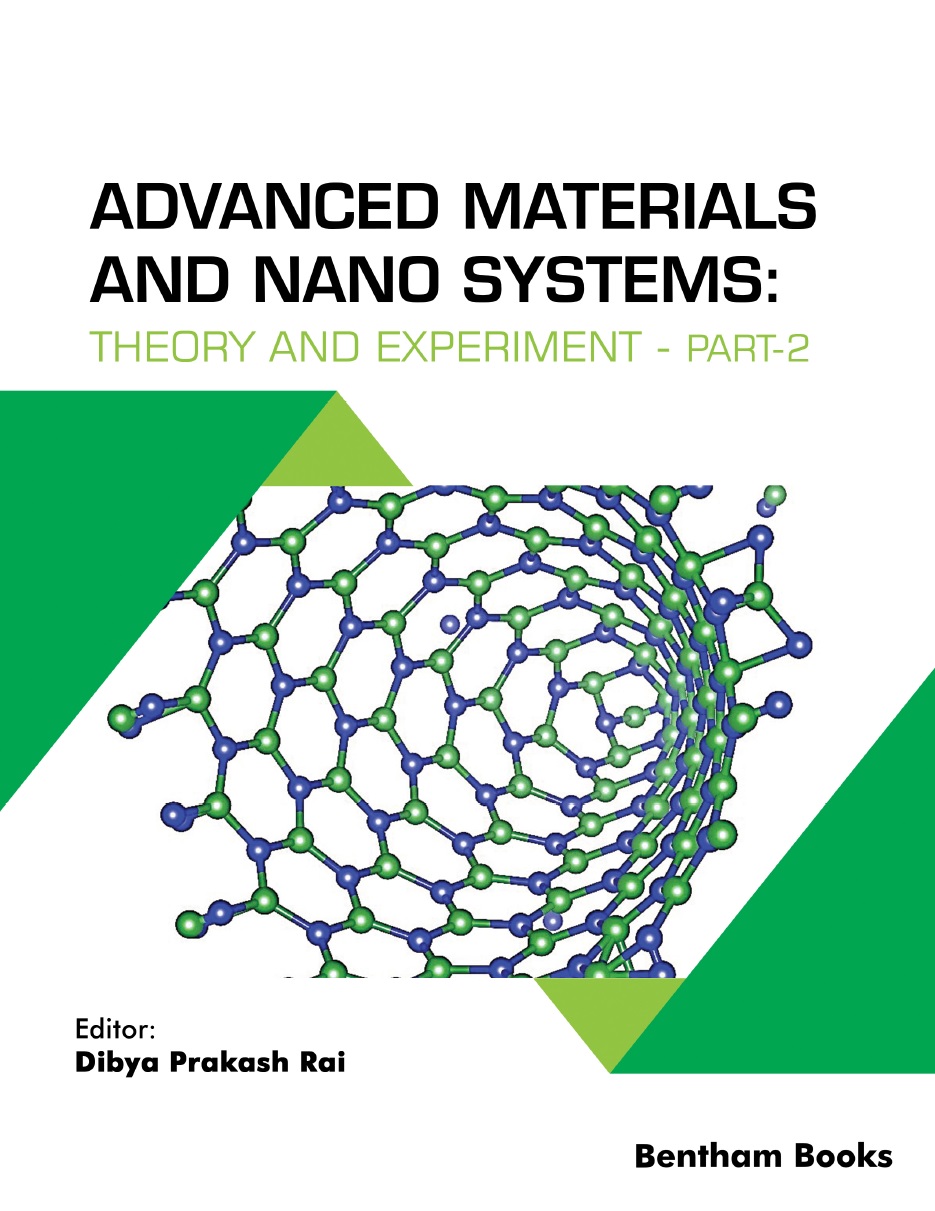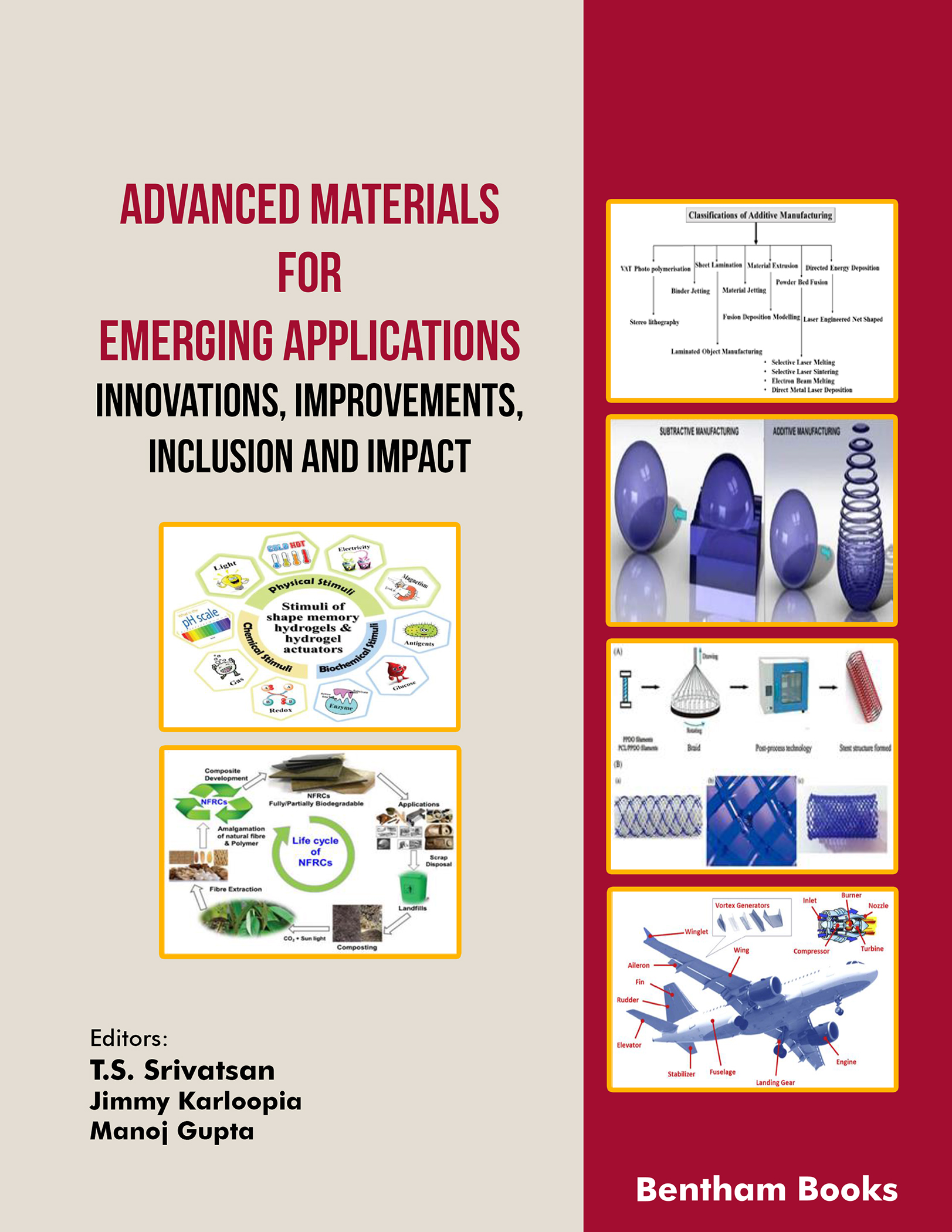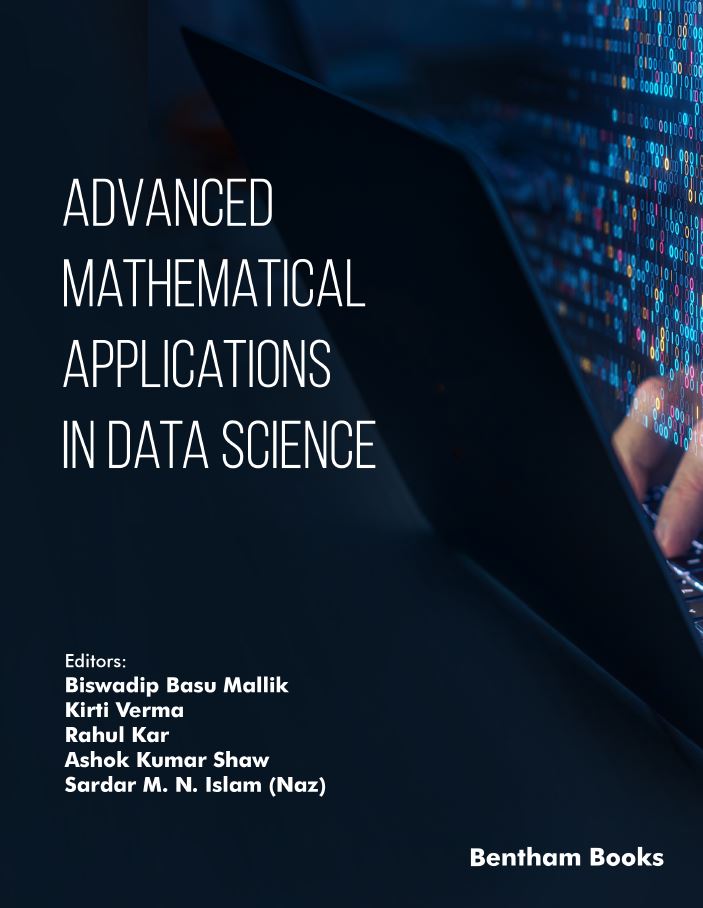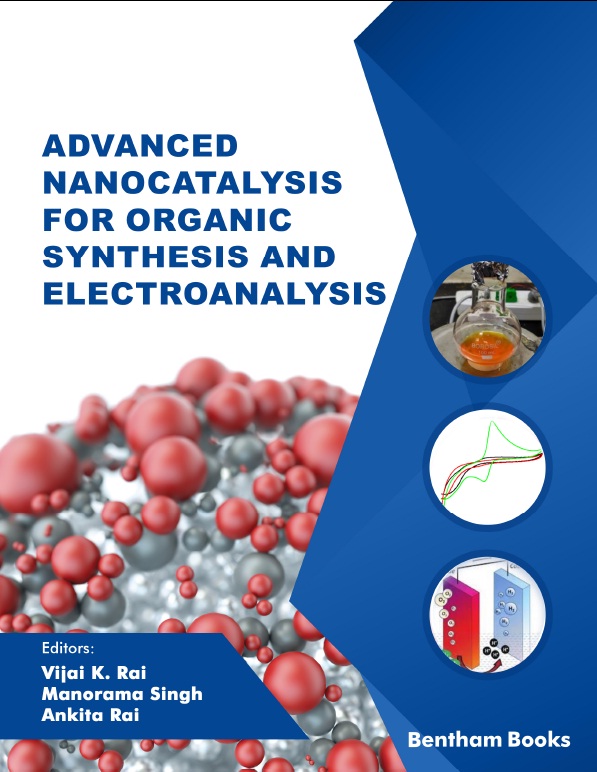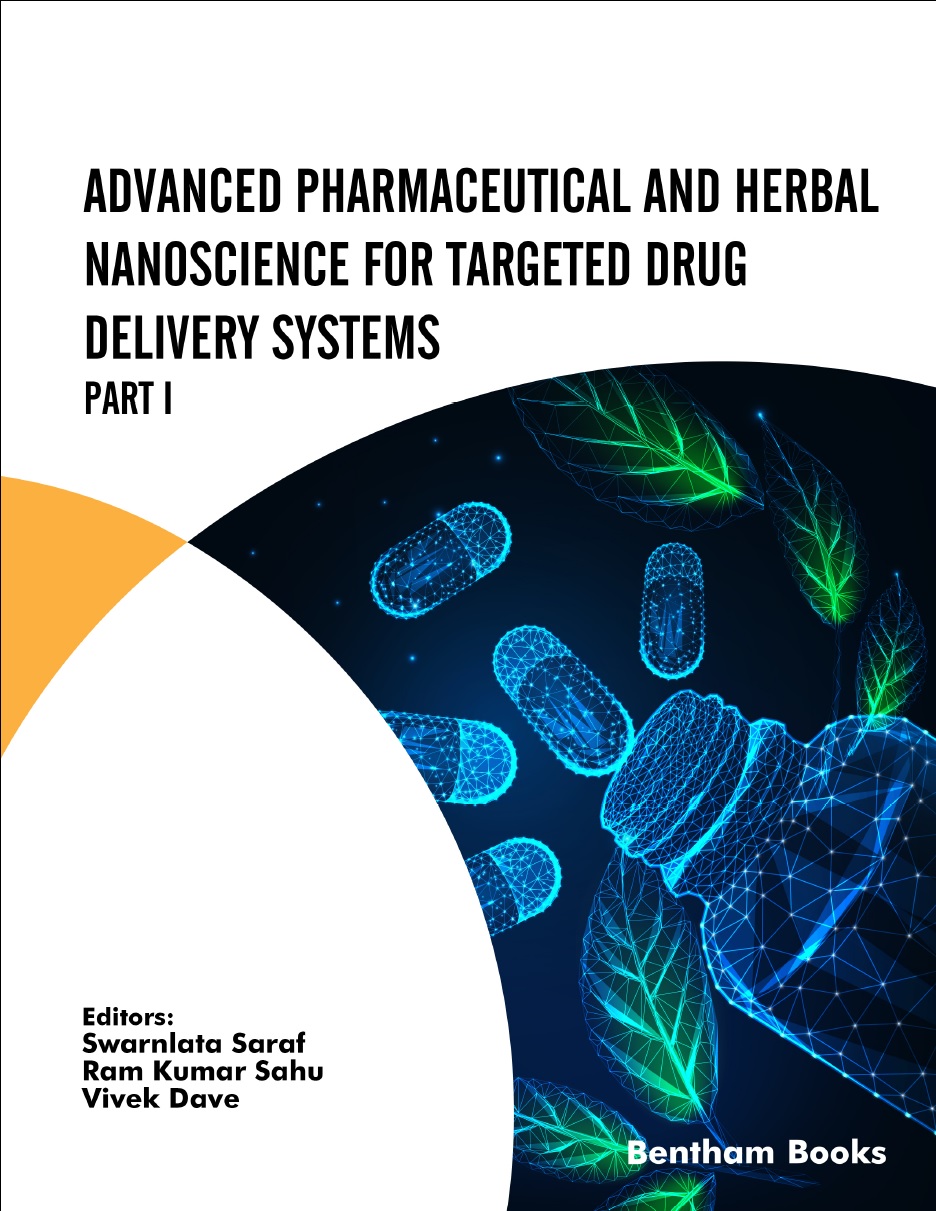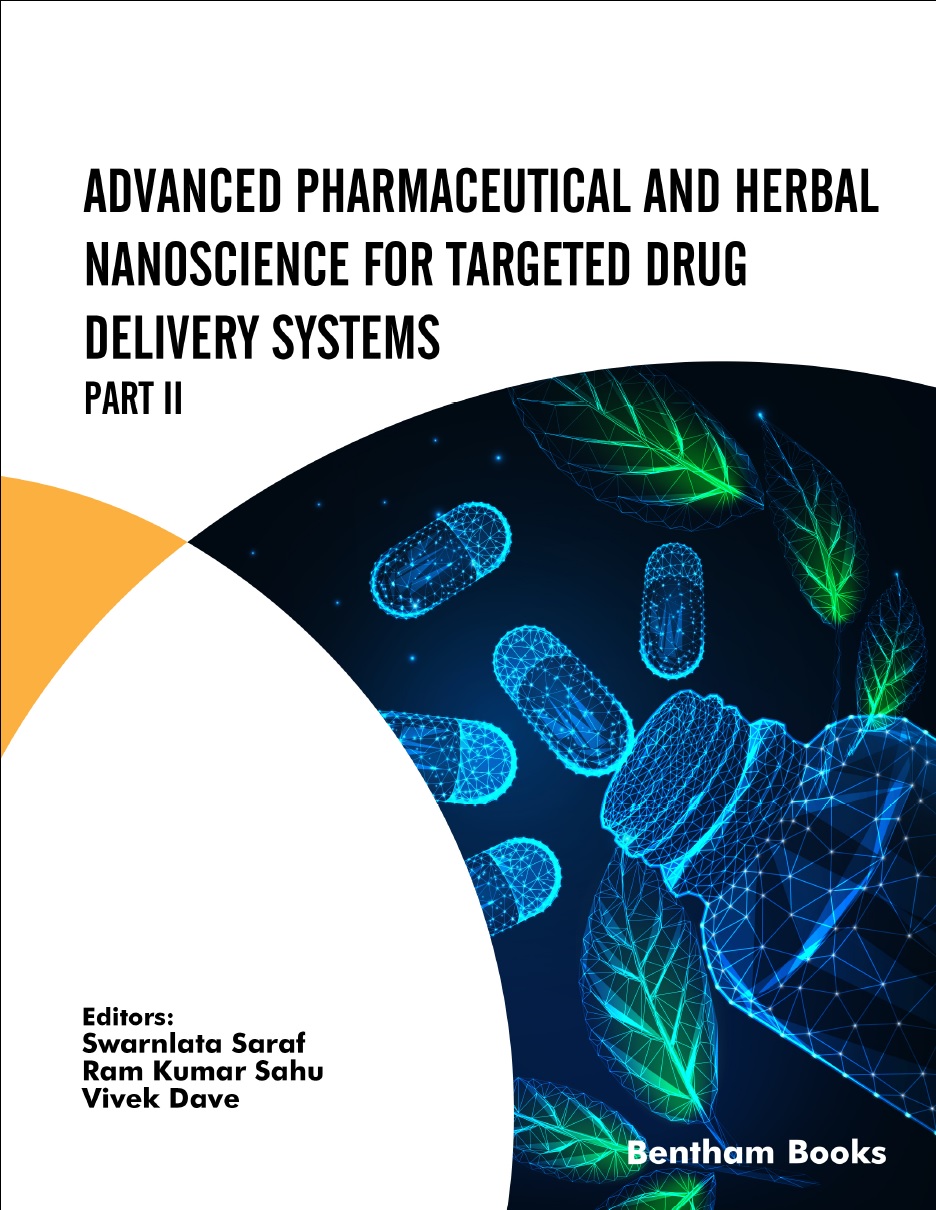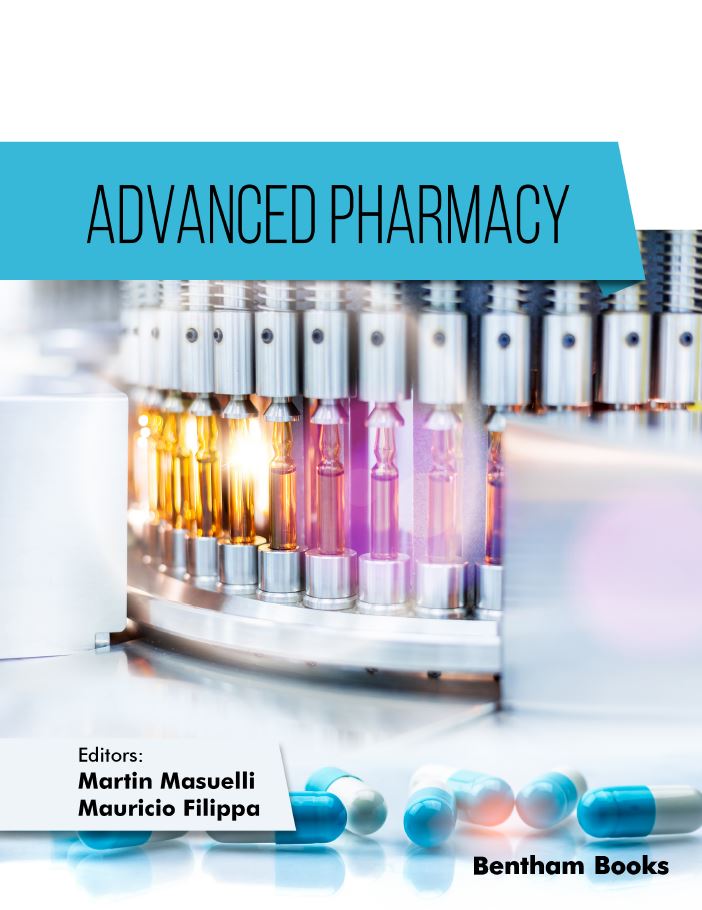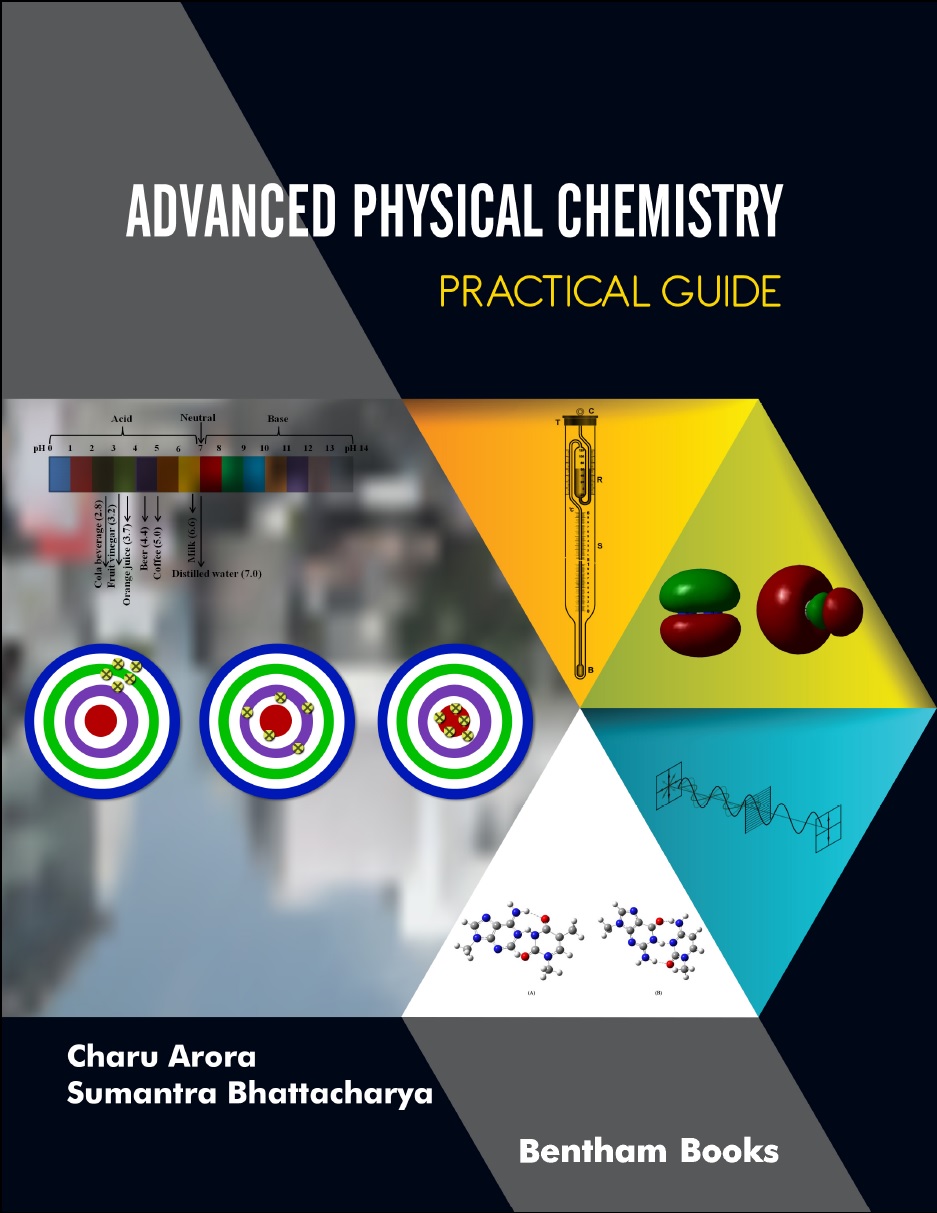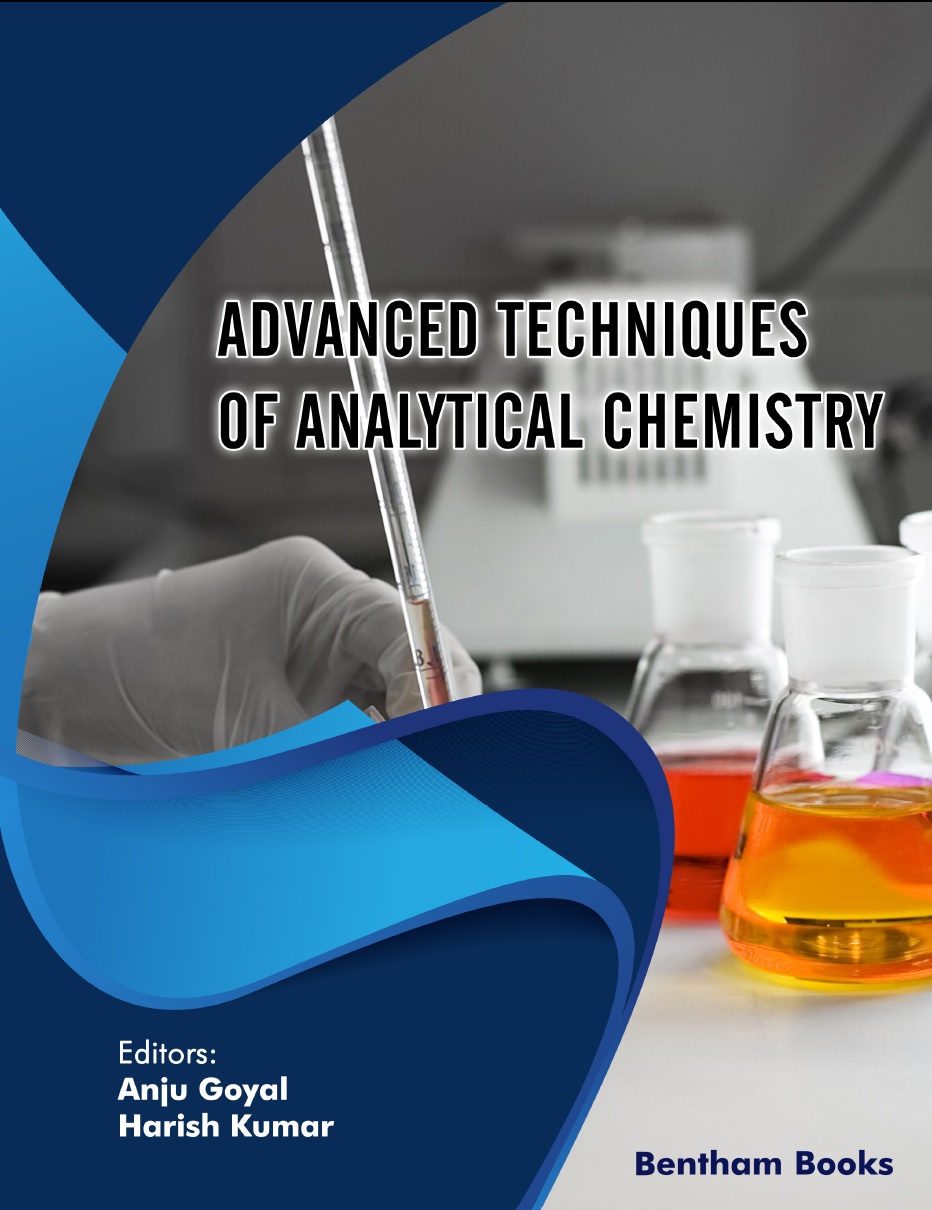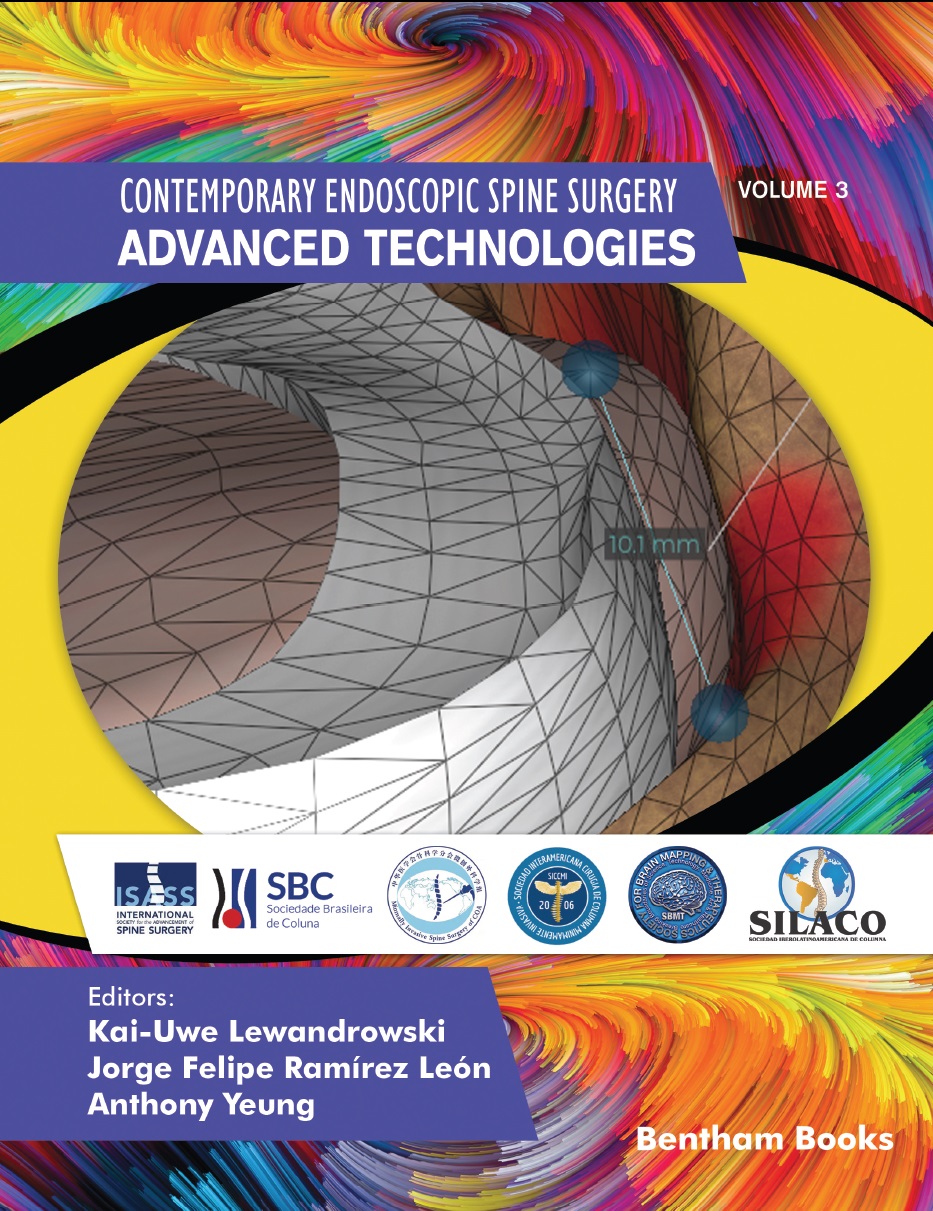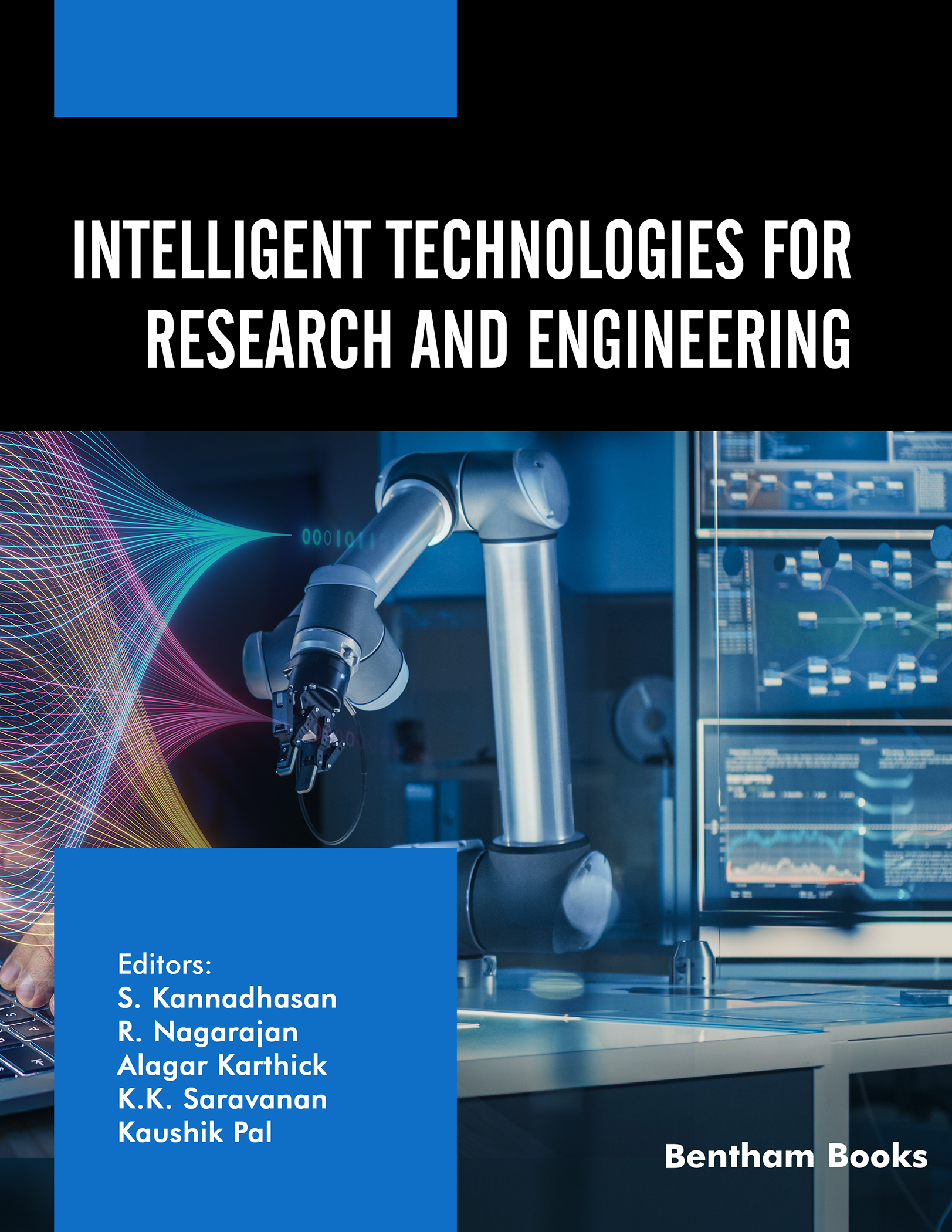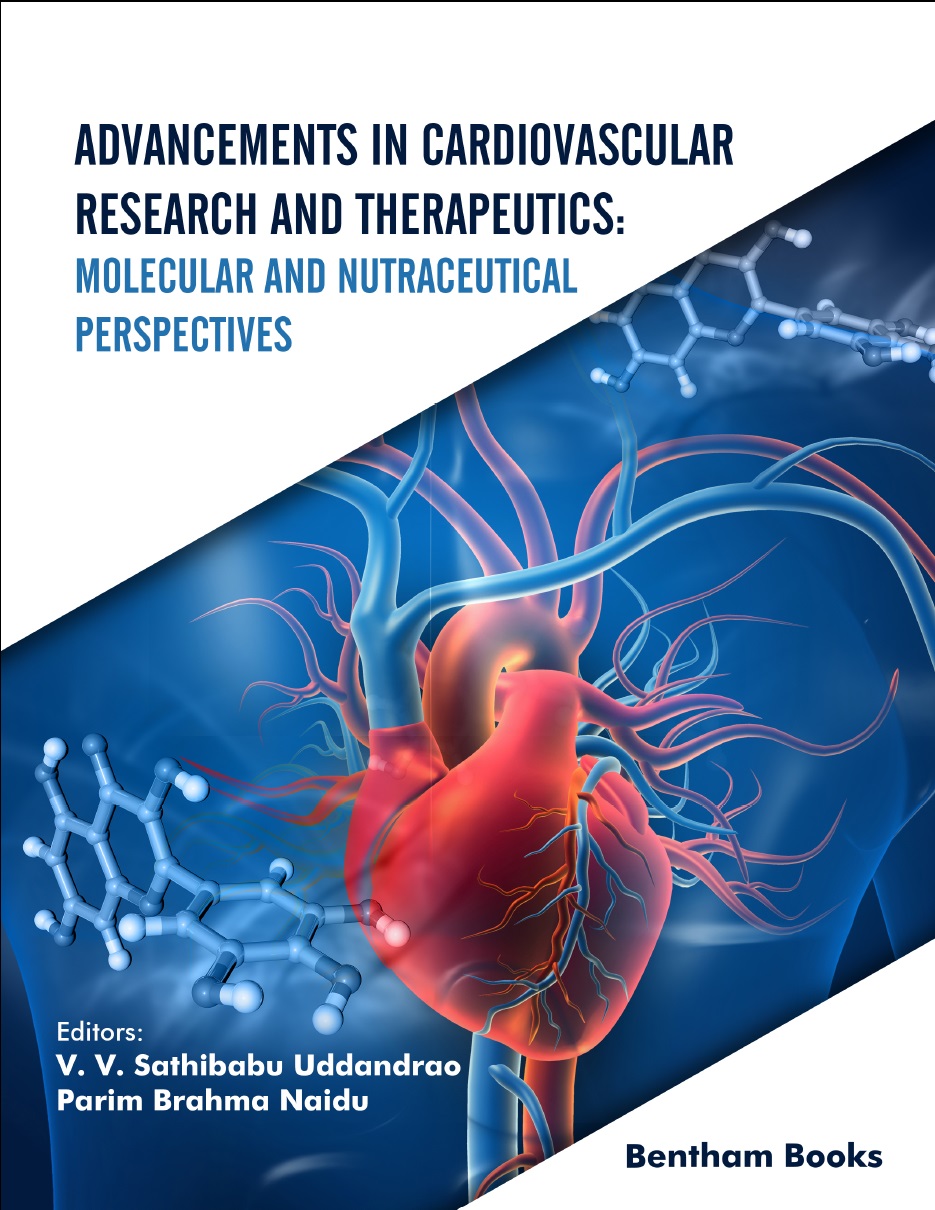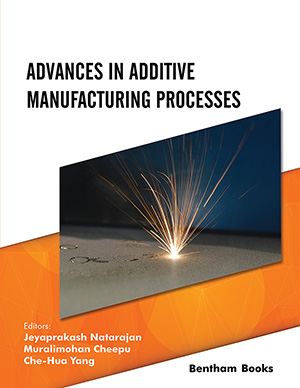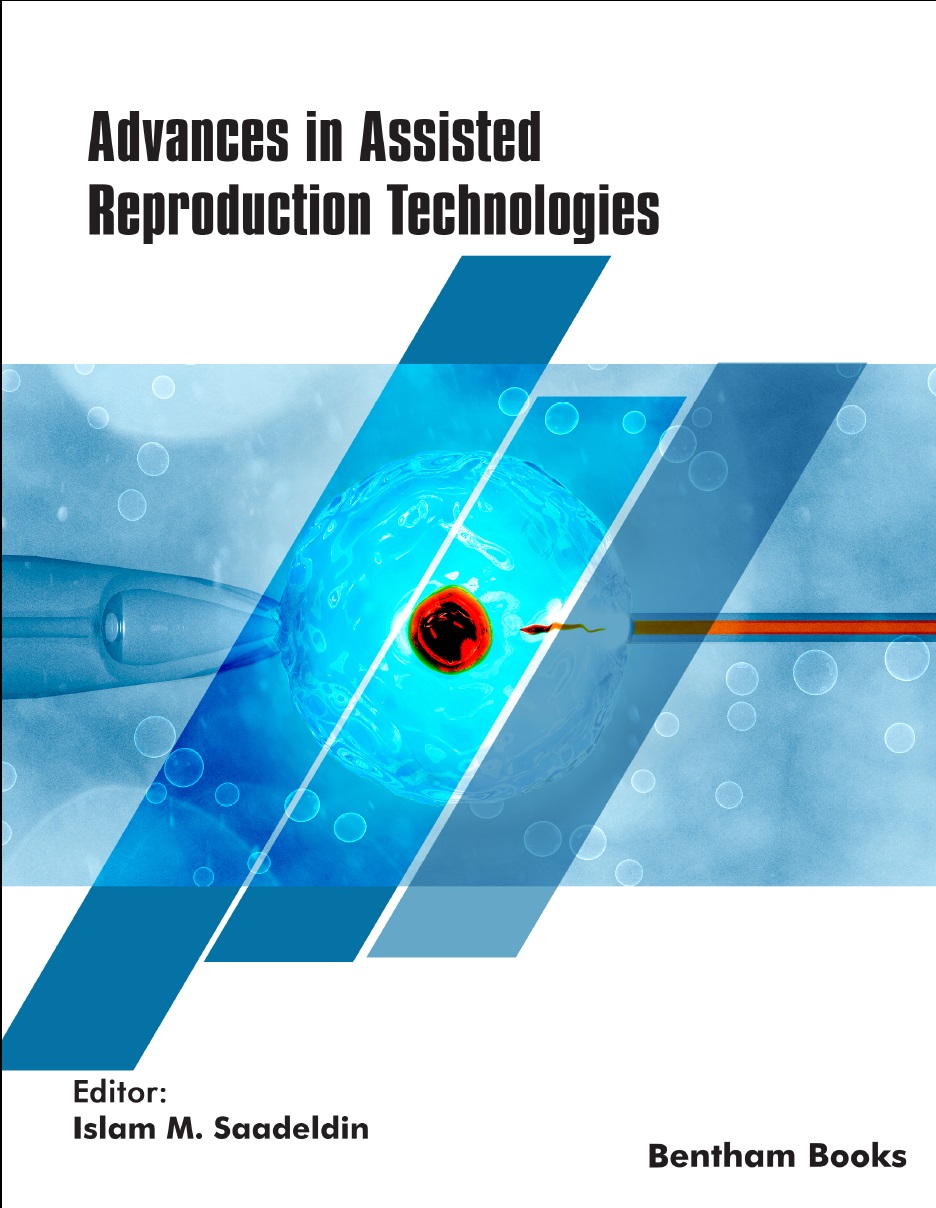- Home
- Publishers
- Bentham Science Publishers
Bentham Science Publishers
Bentham Science Publishers is a major publisher of more than 100 peer-reviewed science, technology and medical (STM) journals, along with a rapidly growing collection of eBooks. Since 1993, Bentham Science Publishers has been catering to the information needs of the pharmaceutical, engineering, biomedical and medical research community.1442
results
1 - 50 of 1442 results
-
-
Current Perspectives on Anti-Infective Agents
Frontiers in Anti-infective Agents: Volume 1
More LessThe volume is a comprehensive documentation on major infectious diseases from tropical countries which pose a serious threat to global healthcare programs. These include diseases such as tuberculosis, AIDS, leishmaniasis (kala-azar), elephantiasis, malaria, leprosy, various fungal disorders and emergent viral diseases. Due to the widespread use of antibiotics, there is an emergence of drug-resistant pathogens in Read More
-
-
-
2-Deoxy-D-Glucose: Chemistry and Biology
More Less2-Deoxy-D-Glucose: Chemistry and Biology extensively examine 2-deoxy-D-glucose (2DG), a glucose analog with profound biomedical and therapeutic potential. This detailed resource covers 2DG's chemical structure, methods of synthesis, and its pivotal roles in diagnostics and therapeutics. This book provides a comprehensive overview of the compound’s multifaceted uses, from antiviral applications to its emer Read More
-
-
-
250 Years of Industrial Consumption and Transformation of Nature: Impacts on Global Ecosystems and Life
More LessAnthropogenic changes in the environment, caused by 250 years of economic growth and utilization of fuel and mineral resources, have considerably impacted the natural environment. The resulting physical and chemical alterations to the Earth's sphere and our adaptive responses in the biosphere are detailed in this reference book. Readers will learn about concepts relevant to Earth’s history, the evolution of life, eco Read More
-
-
-
2D Materials: Chemistry and Applications (Part 1)
More Less2D Materials: Chemistry and Applications offers a concise exploration of the revolutionary 2D materials synthesis, their properties, and diverse applications. It presents information about graphene and other 2D materials like germanene and stanene, emphasizing their synthesis, functionalization, and technological use.The book chapters in part 1 cover the foundational aspects of graphene' structure and producti Read More
-
-
-
2D Materials: Chemistry and Applications (Part 2)
More Less2D Materials: Chemistry and Applications, Part 2 addresses the cutting-edge advancements in the synthesis, functionalization, and applications of two-dimensional materials, focusing on graphene and other emerging materials like boron nitride, germanene, silicene, and stanene. This volume explores the potential of these materials in energy storage, nanoelectronics, waste management, and more, while addressing challenge Read More
-
-
-
40 Years Of SHS: A Lucky Star of a Scientific Discovery: A Presentation with Elements of a Scientific Lecture
More LessThis e-book is a short history of self-propagating high-temperature synthesis (SHS) of inorganic materials and substances. The author considers distinct features of the research work of the most active groups along with their important scientific and practical achievements. The main result of these efforts is the appearance a new field of knowledge on the boundary between combustion science and materials science.The book Read More
-
-
-
4D Fetal Echocardiography
More LessCongenital heart defects (CHD) are the most frequent malformation in the human fetus and are the leading cause of mortality due to malformations in the first year of life. Despite its clinical importance screening performed by ultrasonographic examination during the second trimester of pregnancy has shown disappointingly low detection rates mainly due to the difficulties in obtaining an adequate examinatio Read More
-
-
-
6G Wireless Communications and Mobile Networking
More Less6G Wireless Communications and Mobile Networking introduces the key technologies behind 6G wireless communication and mobile networking to the reader. The book starts with a general vision of 6G technology, which includes the motivation that drives 6G research, the international organizations working on 6G standardization and recent progress in 6G research. Separate chapters on millimeter-wave and terahertz-w Read More
-
-
-
A Blueprint for the Hard Problem of Consciousness
More LessA Blueprint for the Hard Problem of Consciousness addresses the fundamental mechanism that allows physical events to transcend into subjective experiences, termed the Hard Problem of Consciousness. Consciousness is made available as the abstract product of self-referent realization of information by strange loops through the levels of processing of the brain.Readers are introduced to the concept of the Hard Problem of Read More
-
-
-
A Case-Based Approach to Interventional Pulmonology: A Focus on Asian Perspectives
More LessA Case-Based Approach to Interventional Pulmonology: A Focus on Asian Perspectives focuses on various aspects of Interventional Pulmonology (IP) based on clinical case scenarios. Today, evidence-based medicine and statistics are ruling our daily practice. Thus, each case is unique regardless of what the theory predicts. This asian perspective of Interventional Pulmonology (IP) is also of great importance, given the differences i Read More
-
-
-
A Context Aware Decision Making Algorithm for Human Centric Analytics: Algorithm Development and Use Cases for Health Informatics System
More LessThis reference demonstrates the development of a context aware decision-making health informatics system with the objective to automate the analysis of human centric wellness and assist medical decision-making in healthcare.The book introduces readers to the basics of a clinical decision support system. This is followed by chapters that explain how to analyze healthcare data for anomaly detection and clinical correlations. Read More
-
-
-
A Crisis like No Other: Understanding and Defeating Global Warming
More LessA Crisis Like No Other: Understanding and Defeating Global Warming couples engaging and creative storytelling with accurate details to explain global warming.It covers both the technical and human issues of global warming by addressing what's causing global warming, and why people don't believe it exists. The book tells readers how to convince others that global warming is not only real, but life-threatening, and offers Read More
-
-
-
A Critical Understanding of Artificial Intelligence: A Phenomenological Foundation
More LessArtificial intelligence (AI) is viewed as one of the technological advances that will reshape modern societies and their relations. While the design and deployment of systems that continually adapt hold the promise of far-reaching, positive change, they simultaneously pose significant risks, especially to already vulnerable people.This work explores the meaning of AI, and the important role of critical understanding and its ph Read More
-
-
-
A Handbook of Attention Deficit Hyperactivity Disorder (ADHD) in the Interdisciplinary Perspective
More LessAttention Deficit Hyperactivity Disorder (ADHD) is a genetic and neurological condition that compromises the academic performance of children. From an educational context, knowledge about the cognitive-linguistic difficulties faced by these students can improve the academic and social quality life of affected children. This handbook presents an interdisciplinary perspective of Attention Deficit Hyperactivity Disorder (ADHD Read More
-
-
-
A Handbook of Computational Linguistics: Artificial Intelligence in Natural Language Processing
Federated learning for Internet of Vehicles: IoV Image Processing, Vision and Intelligent Systems : Volume 2
More LessThis handbook provides a comprehensive understanding of computational linguistics, focusing on the integration of deep learning in natural language processing (NLP). 18 edited chapters cover the state-of-the-art theoretical and experimental research on NLP, offering insights into advanced models and recent applications.Highlights:- Foundations of NLP: Provides an in-depth study of natural language processing, inc Read More
-
-
-
A Handbook of Oral Physiology and Oral Biology
More LessThis textbook provides a comprehensive overview of the part of dentistry that links basic physiologic and pathophysiologic mechanisms to frequently encountered problems in dental practice. Themes that are covered include the structure and function of the cells of oral mucosa, the biology of bone, the functions of oral mucosa, some important aspects on oral microbial flora and biofilms and finally the current princip Read More
-
-
-
A Journey Through Water: A Scientific Exploration of The Most Anomalous Liquid on Earth
More LessA Journey Through Water: A Scientific Exploration of The Most Anomalous Liquid on Earth, is a monograph about water at molecular level. The monograph explores how its peculiar properties are related to its molecular structure. Readers are introduced to water through information about water in a wider perspective, properties of its liquid state, experimental techniques for molecular level investigations of liquid water, and Read More
-
-
-
A Practitioner's Approach to Problem-Solving using AI
Emerging Trends in Computation Intelligence and Disruptive Technologies : Volume 1
More LessThis book demonstrates several use cases of how artificial intelligence (AI) and machine learning (ML) are revolutionizing problem-solving across various industries. The book presents 18 edited chapters beginning with the latest advancements in human-AI interactions and neuromorphic computing, setting the stage for practical applications.Chapters focus on AI and ML applications such as fingerprint recognition, glaucom Read More
-
-
-
A Primer on Earth Pollution: Pollution Types and Disposal
More LessA Primer on Earth Pollution: Pollution Types and Disposal, is an encyclopedia of important research articles and short essays on pollution. Chapters in the initial half provide information about a wide variety of pollutants (dyes and microplastics) and contributing factors (thermal pollution and the impact of GM plants, for instance). Each chapter explains the nature of polluting agents and presents notes and references on preventiv Read More
-
-
-
A Review: Chill-Block Melt Spin Technique, Theories & Applications
More LessRapid Solidification Processing of molten metals and alloys has proved to be a reliable route for producing new and advanced materials. The Chill-Block Melt Spin (CBMS) technique is important because its simplicity, flexibility and perfection. High quality materials can be produced with lower costs, as compared to other routes, by refining the microstructure and trapping the nucleated (new) metastable phases. Melt-spun ribbo Read More
-
-
-
AI Innovations in Drug Delivery and Pharmaceutical Sciences; Advancing Therapy through Technology
More LessAI Innovations in Drug Delivery and Pharmaceutical Sciences: Advancing Therapy through Technology offers a comprehensive exploration of how artificial intelligence (AI) is revolutionizing the pharmaceutical and healthcare sectors. This book addresses the AI’s role in drug discovery, development, and delivery, highlighting applications in personalized medicine, nanotechnology, and clinical trials. It also covers AI’s imp Read More
-
-
-
AI and IoT-based intelligent Health Care & Sanitation
More LessThe book aims to provide a deeper understanding of the synergistic impact of Artificial intelligence (AI) and the Internet of Things (IoT) for disease detection. It presents a collection of topics designed to explain methods to detect different diseases in humans and plants. Chapters are edited by experts in IT and machine learning, and are structured to make the volume accessible to a wide range of readers.Key Features:- 17 Cha Read More
-
-
-
AI in the Social and Business World: A Comprehensive Approach
More LessAI in the Social and Business World: A Comprehensive Approach offers an in-depth exploration of the transformative impact of Artificial Intelligence (AI) across a wide range of sectors. This edited collection features 13 chapters, each penned by field experts, providing a comprehensive understanding of AI's theoretical foundations, practical applications, and societal implications. Each chapter offers strategic insights, cas Read More
-
-
-
ASEP's Exercise Medicine Text for Exercise Physiologists
More LessWatching TV, surfing the Internet, and sitting for long hours have replaced more active pursuits. Millions of Americans are simply not moving enough to meet the minimum threshold for good health and longevity. Exercise physiologists have researched and highlighted this fact for decades. That is why they emphasize the importance of regular exercise in the prevention of chronic diseases associated with physical inactivity a Read More
-
-
-
Abdominal Pain: Essential Diagnosis and Management in Acute Medicine
More LessAbdominal pain is one of the frequent reasons for admission to emergency departments in hospitals. Diagnosis in patients presenting abdominal pain is a challenge for physicians owing to several indications, and a lack of contraindications. Delay in diagnosis and misdiagnosis is a common problem even for the most experienced emergency physician or general surgeon. Disruptions that may be related to ancillary services s Read More
-
-
-
Adolescent Psychiatry
From Adolescence through Young Adulthood
More LessAdolescent Psychiatry a peer-reviewed journal, aims to provide mental health professionals who work with adolescents with current information relevant to the diagnosis and treatment of psychiatric disorders in adolescents.Adolescent Psychiatry reports of original research, critical/mini reviews of topics relevant to practitioners, clinical observations with analysis and discussion, analysis of philosophical, ethical or social as Read More
-
-
-
Advanced Catalysts Based on Metal-organic Frameworks (Part 1)
More LessAdvanced Catalysts Based on Metal-organic Frameworks is a comprehensive introduction to advanced catalysts based on MOFs. It covers basic information about MOF catalysts with industrial and environmental applications. The detailed chapters update readers on current applications and strategies to apply MOF-based catalysts in industrial processes geared for sustainability initiatives such as renewable energy, pollution c Read More
-
-
-
Advanced Control of Flight Vehicle Maneuver and Operation
Frontiers in Aerospace Science: Volume 4
More LessThis book focuses on the advanced controller designs of flight vehicle maneuver and operation. Chapters explain advanced control mechanisms and algorithms for different controllers required in a flight vehicle system. The book topics such as air-disturbance fixed time controllers, algorithms for orbit and attitude computation, adaptive control modes, altitude stabilization, nonlinear vibration control, partial space elevator confi Read More
-
-
-
Advanced Geosimulation Models
More LessGeosimulation has recently emerged at the intersection of Geographic Information Science, Complex Systems Theory and Computer Science. Geosimulation aims at understanding the dynamics of complex human-driven spatial systems through the use of spatially explicit computer simulation. The approaches and tools for validating Geosimulation models are especially important for understanding their complex and Read More
-
-
-
Advanced Materials and Nano Systems: Theory and Experiment (Part 3)
More LessThe discovery of new materials and the manipulation of their exotic properties for device fabrication is crucial for advancing technology. Nanoscience, and the creation of nanomaterials have taken materials science and electronics to new heights for the benefit of mankind. Advanced Materials and Nanosystems: Theory and Experiment covers several topics of nanoscience research. The compiled chapters aim to updat Read More
-
-
-
Advanced Materials and Nanosystems: Theory and Experiment - Part 1
More LessThe discovery of new materials and the manipulation of their exotic properties for device fabrication is crucial for advancing technology. Nanoscience and the creation of nanomaterials have taken materials science and electronics to new heights for the benefit of mankind. Advanced Materials and Nanosystems: Theory and Experiment cover several topics of nanoscience research. The compiled chapters aim to updat Read More
-
-
-
Advanced Materials and Nanosystems: Theory and Experiment - Part 2
More LessThe discovery of new materials and the manipulation of their exotic properties for device fabrication is crucial for advancing technology. Nanoscience, and the creation of nanomaterials have taken materials science and electronics to new heights for the benefit of mankind.Advanced Materials and Nanosystems: Theory and Experiment covers several topics of nanoscience research. The compiled chapters aim to updat Read More
-
-
-
Advanced Materials for Emerging Applications (Innovations, Improvements, Inclusion and Impact)
More LessAdvanced Materials for Emerging Applications is a monograph on emerging materials'; materials that have observable differences in physical properties and manufacturing requirements when compared to existing materials and industrial processes. The volume aims to showcase novel materials that can be used in advanced technology and innovative products.The editors have compiled 17 chapters grouped into 3 secti Read More
-
-
-
Advanced Materials for Membrane Preparation
More LessThe need to reduce pollution and the waste of energy and resources imposes a wider diffusion of environmentally friendly membrane systems. The expanding domain of membrane operations demands tailored materials with unprecedented performances and resistance to temperature, chemicals and solvents, at affordable costs. Today, new polymeric, inorganic and hybrid materials are specifically engineered for the pre Read More
-
-
-
Advanced Mathematical Applications in Data Science
More LessAdvanced Mathematical Applications in Data Science comprehensively explores the crucial role mathematics plays in the field of data science. Each chapter is contributed by scientists, researchers, and academicians. The 13 chapters cover a range of mathematical concepts utilized in data science, enabling readers to understand the intricate connection between mathematics and data analysis. The book covers diverse topi Read More
-
-
-
Advanced Nanocatalysis for Organic Synthesis and Electroanalysis
More LessThis technical reference covers information about modern nanocatalysts and their applications in organic syntheses, electrochemistry and nanotechnology. The objective of this book is to present a review of the development of nanocatalysts in the fields of organic synthesis and electroanalysis over the last few decades. It provides readers comprehensive, systematic and updated information about the relevant to Read More
-
-
-
Advanced Pharmaceutical and Herbal Nanoscience for Targeted Drug Delivery Systems Part I
More LessThis 2-part reference informs readers about the application of drug delivery technologies to herbal medicines. Chapters cover a broad range of major topics on the subject of targeted drug delivery systems. These topics include the application of drug delivery systems for herbal nanomedicines, drug development issues, emerging technologies, adaptations for clinical use, market prospects and challenges of indus Read More
-
-
-
Advanced Pharmaceutical and Herbal Nanoscience for Targeted Drug Delivery Systems Part II
More LessThis 2-part reference informs readers about the application of drug delivery technologies to herbal medicines. Chapters cover a broad range of major topics on the subject of targeted drug delivery systems. These topics include the application of drug delivery systems for herbal nanomedicines, drug development issues, emerging technologies, adaptations for clinical use, market prospects and challenges of indus Read More
-
-
-
Advanced Pharmacy
More LessAdvanced Pharmacy is a textbook dedicated to advanced applications in pharmacy. The book balances information by including chapters that give basic knowledge and inform readers on the latest insights in pharmaceutical science. Authored by pharmacology experts and academics, each chapter highlights current knowledge in the field, presenting research in a didactic and educational manner for academics, researchers, Read More
-
-
-
Advanced Physical Chemistry Practical Guide
More LessAdvanced Physical Chemistry Practical Guide aims to improve the student's understanding of theory through practical experience and by facilitating experimental exercises. The book covers a wide range of areas from basic to advanced experiments including the calibration of instruments as well as the use of software for accurate computational quantum chemical calculations.This book is divided into four sections:part I - general i Read More
-
-
-
Advanced Techniques of Analytical Chemistry: Volume 1
More LessAdvanced Techniques of Analytical Chemistry explains analytical chemistry in an accessible manner for students. The book provides basic and practical knowledge that helps the learner to understand the methods used in conducting experiments. Readers will understand the key concepts of qualitative and quantitative analysis through easy-to-read chapters written for chemistry students.Volume 1 covers the topic of volumetr Read More
-
-
-
Advanced Technologies
Contemporary Endoscopic Spine Surgery: Volume 3
More LessContemporary Endoscopic Spine Surgery brings the reader the most up-to-date information on the endoscopy of the spine. Key opinion leaders from around the world have come together to present the clinical evidence behind their competitive endoscopic spinal surgery protocols. Chapters in the series cover a range of aspects of spine surgery including spinal pain generators, preoperative workup with modern independent Read More
-
-
-
Advanced Technologies for Realizing Sustainable Development Goals: 5G, AI, Big Data, Blockchain, and Industry 4.0 Application
More LessAdvanced Technologies for Realizing Sustainable Development Goals: 5G, AI, Big Data, Blockchain, and Industry 4.0 Applications explores the intersection of cutting-edge technologies and their role in achieving the United Nations Sustainable Development Goals (SDGs). This book covers diverse topics, including energy-efficient cities, smart healthcare systems, blockchain for social empowerment, and sustainable agricultu Read More
-
-
-
Advanced Technologies for Science and Engineering
Intelligent Technologies for Research and Engineering: Volume 2
More LessThis volume covers a wide array of topics related to research, technology and sustainability for technology researchers and educators. Chapter 1 explores the detection of fake news in a distributed environment. Material science is covered in Chapter 2, which explains the influence of MOS2, B4C, and graphite on the mechanical and dry sliding wear behavior of aluminum 7075 hybrid matrix composites. Chapter 3 focuses on s Read More
-
-
-
Advanced Topics on Three-dimensional Ultrasound in Obstetrics and Gynaecology
More LessAdvanced Topics on Three-Dimensional Ultrasound in Obstetrics and Gynecology is a comprehensive and handy guide for sonographers, obstetricians, gynecology and radiology professionals, and all technicians working in ultrasound laboratories who are interested in taking advantage of all the resources provided by this imaging technique.The book is divided in three sections which give information on a variety of relev Read More
-
-
-
Advancements in Cancer Research: Exploring Diagnostics and Therapeutic Breakthroughs
More LessAdvancements in Cancer Research: Exploring Diagnostics and Therapeutic Breakthroughs is a comprehensive resource that highlights the latest innovations in cancer research. This book bridges the gap between cutting-edge science and clinical applications, offering insights into the molecular mechanisms, diagnostic advancements, and novel therapeutic strategies revolutionizing cancer care.Organized into thematic Read More
-
-
-
Advancements in Cardiovascular Research and Therapeutics: Molecular and Nutraceutical Perspectives
More LessThis reference summarizes recent advancements in knowledge about cardiovascular disease and pharmacology. The goal of the book is to inform readers about recent findings on cardiovascular therapeutics and how to conduct experiments to evaluate natural products. It presents 10 chapters that cover basic clinical research on cardiovascular diseases and therapeutic agents derived from natural sources. The book concludes Read More
-
-
-
Advances in Additive Manufacturing Processes
More LessAdditive manufacturing or 3D printing is the construction of an object using CAD models. The technology for additive manufacturing s gaining traction in recent times due to its accessibility for both personal and industrial use, as well as its usefulness in quick prototyping (either of a whole object or its components) and meeting the needs of small commercial workloads.Advances in Additive Manufacturing Processes informs Read More
-
-
-
Advances in Assisted Reproduction Technologies
Recent Advances in Biotechnology: Volume 5
More LessMore than 4 decades have passed since the birth of the first in vitro fertilized baby in 1978. The use of assisted reproductive technology (ART) to overcome infertility has increased steadily with the simultaneous increase in the number of fertility centers in every part of the world. Access to infertility clinics is playing an important role in the treatment of different forms of infertility (like tubal disease, ovarian aging, or ovarian Read More
-
-
-
Advances in Biobanking Practice Through Public and Private Collaborations
More LessAdvances in Biobanking Practice Through Public and Private Collaborations presents an analysis of methods and current models of partnership between public and private organizations designed to improve biobanking practices in European countries. Chapters describe the state-of-the-art of public-private collaborations in biobanking on a global scale, innovative approaches to public-private partnership the role of a quality ma Read More
-


